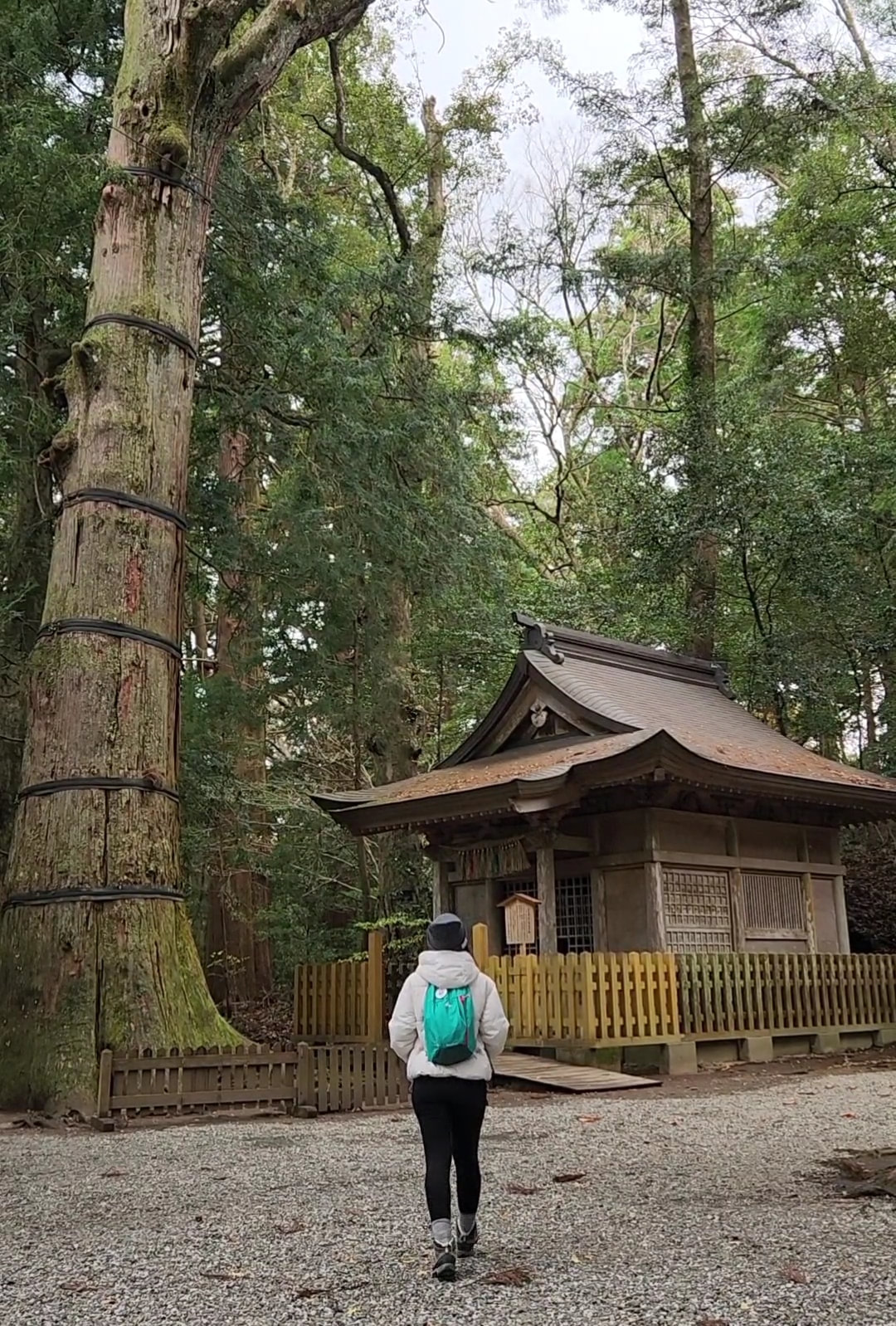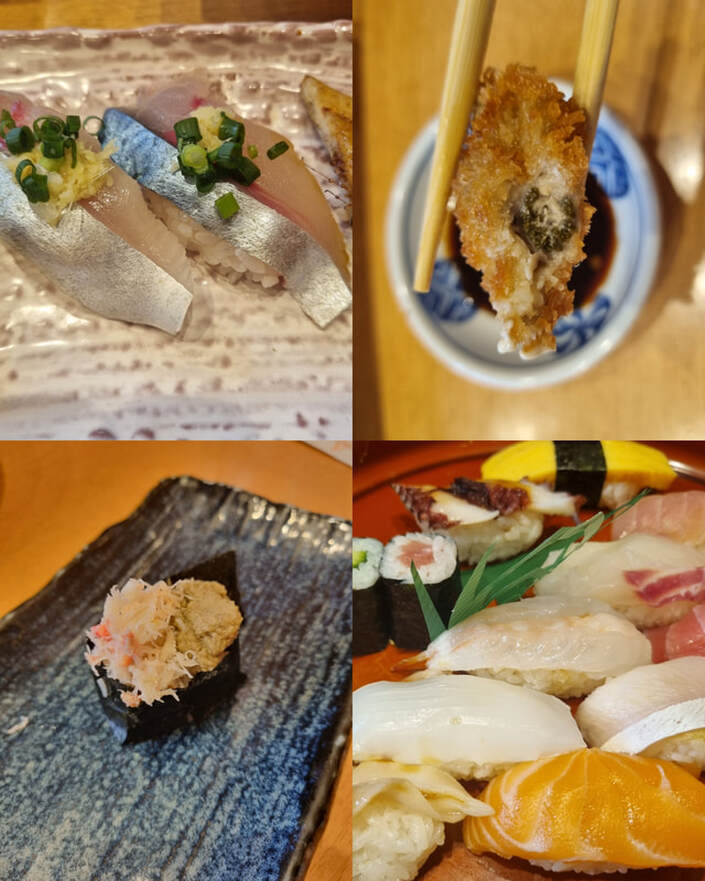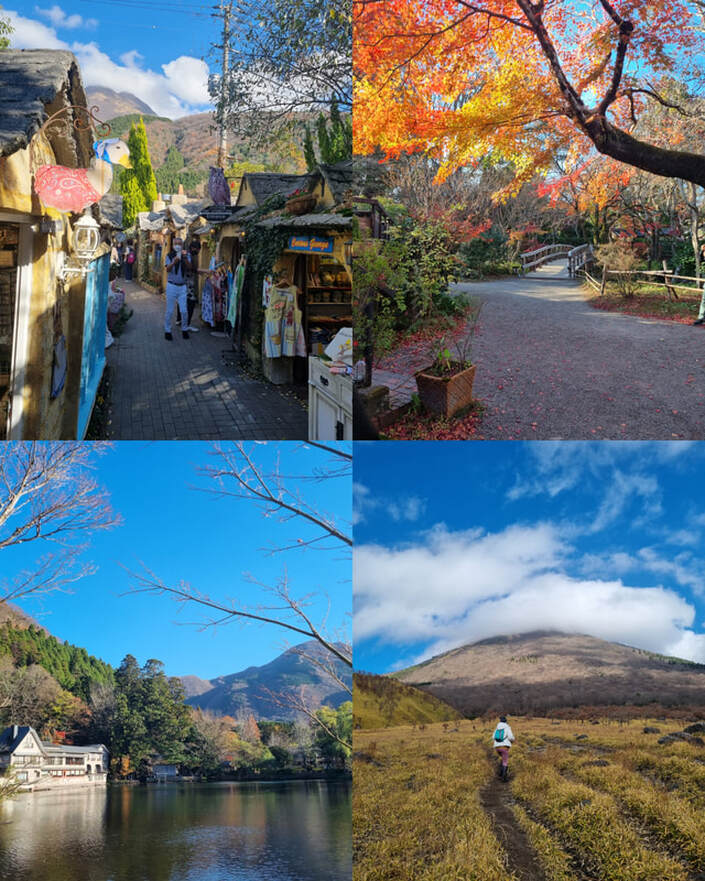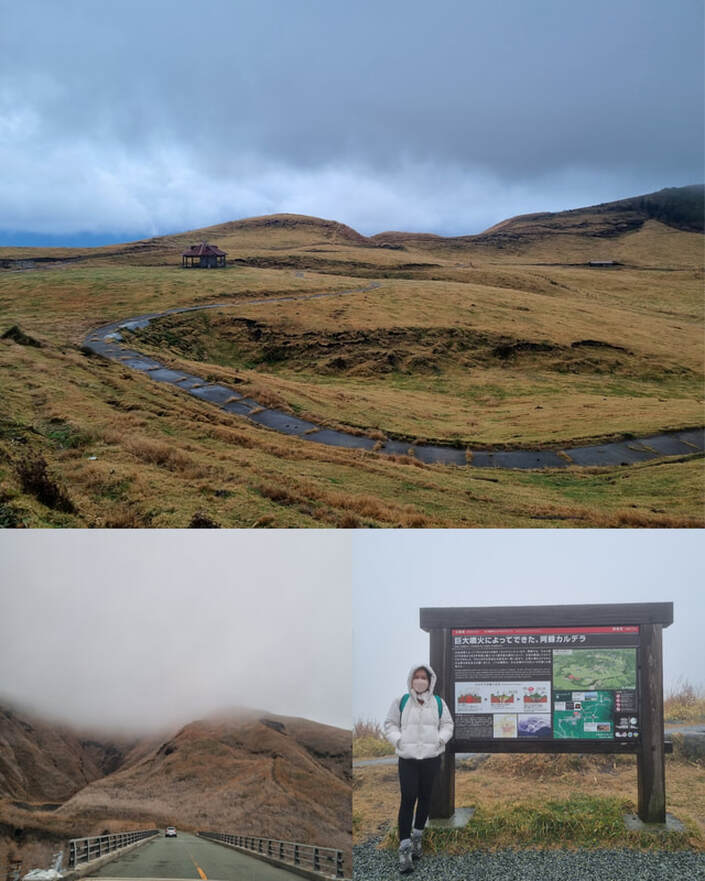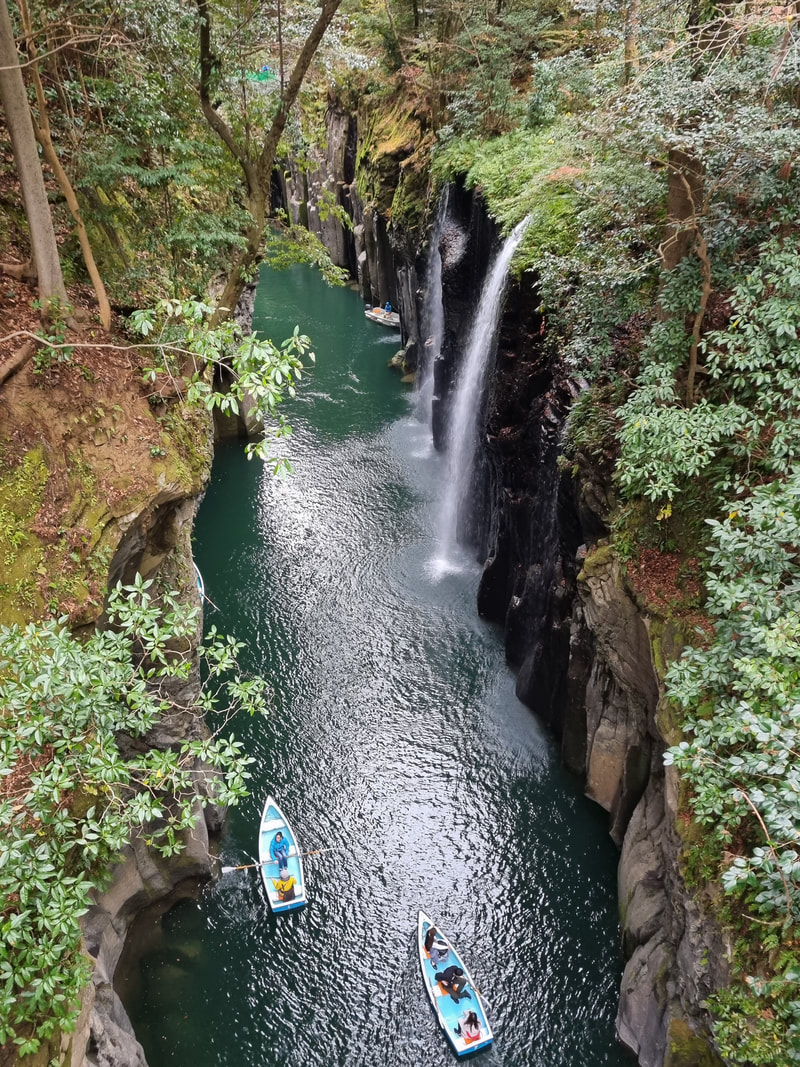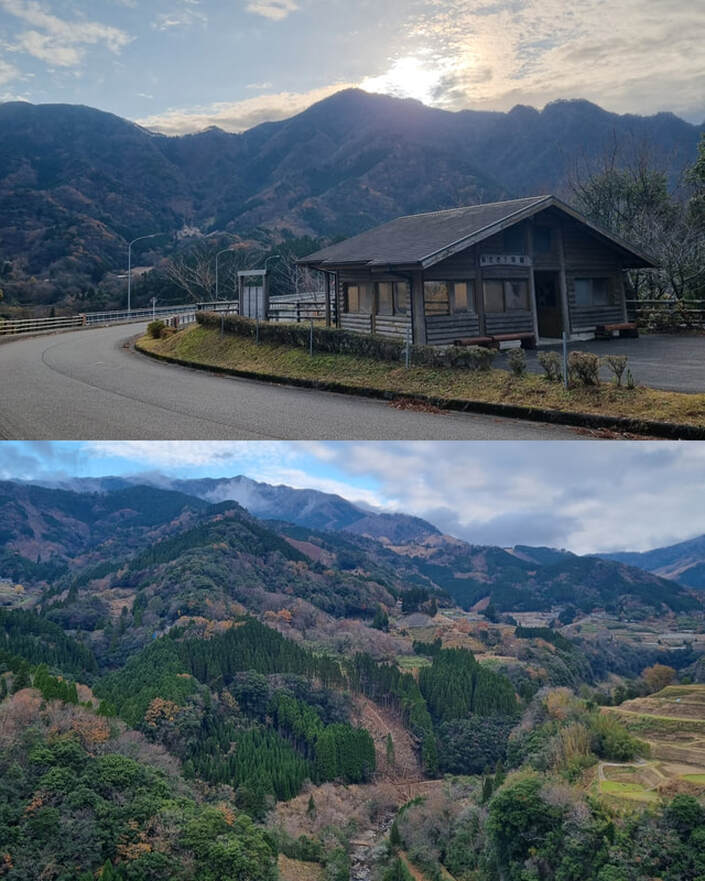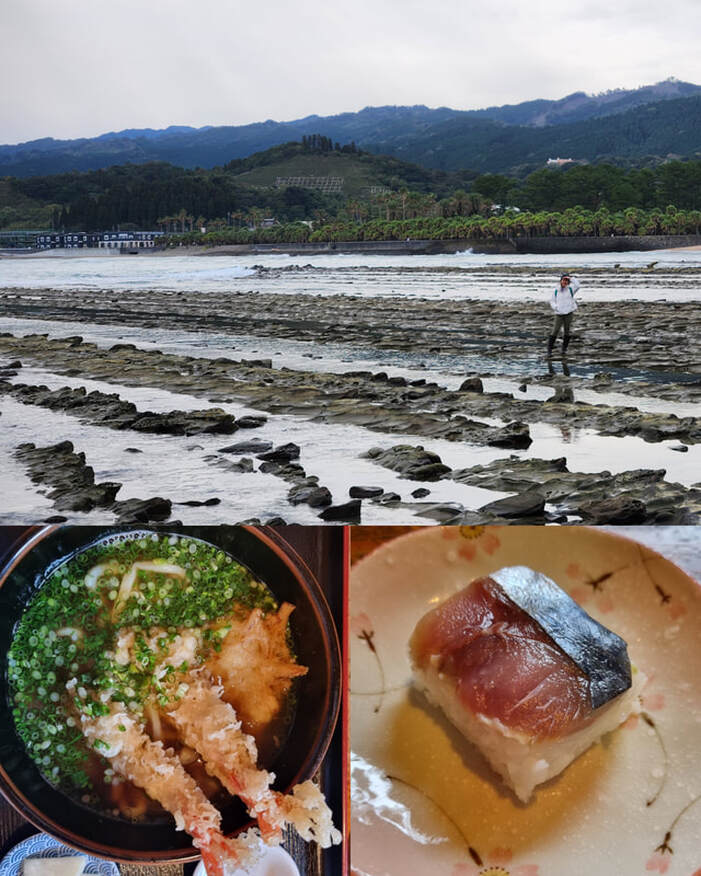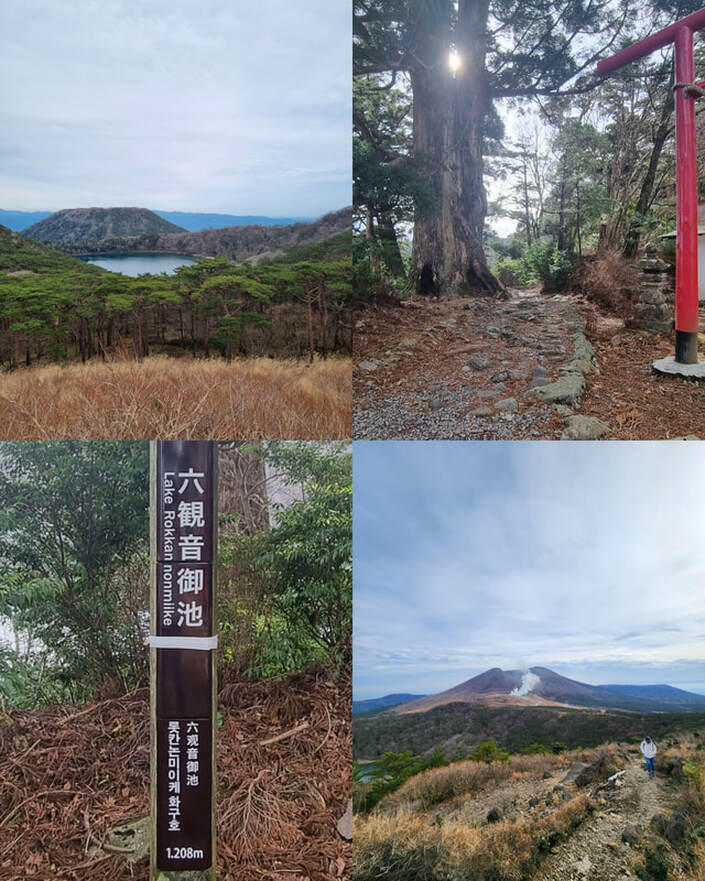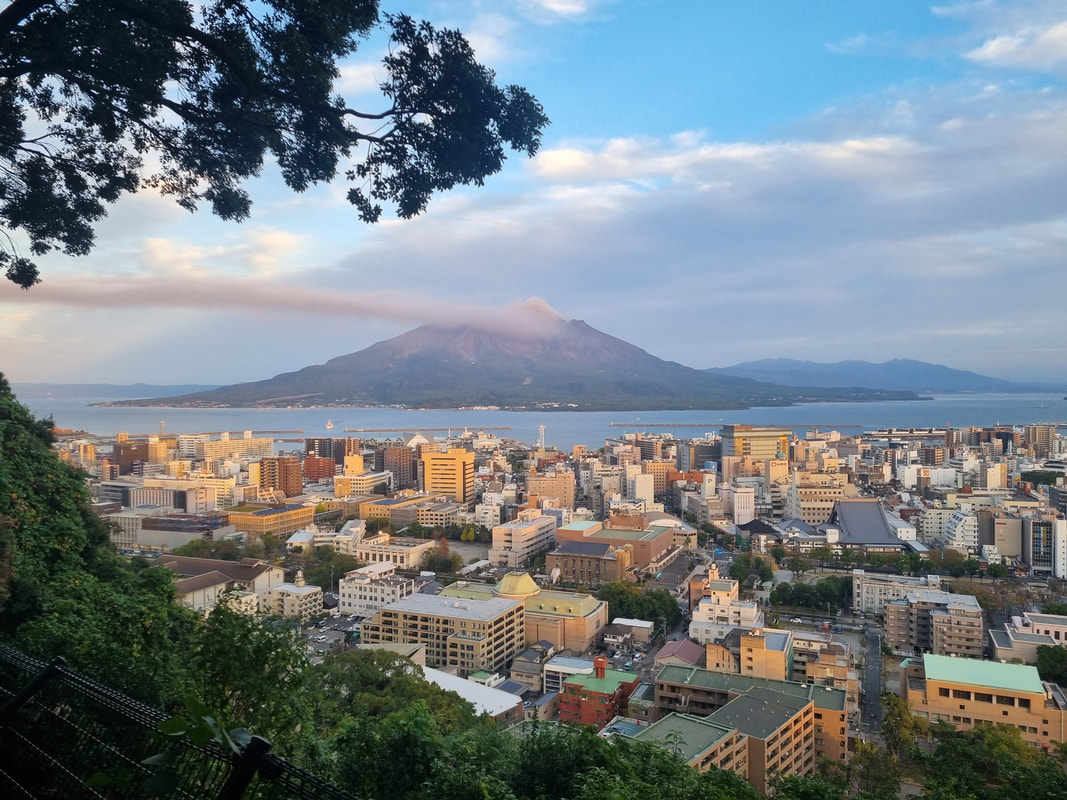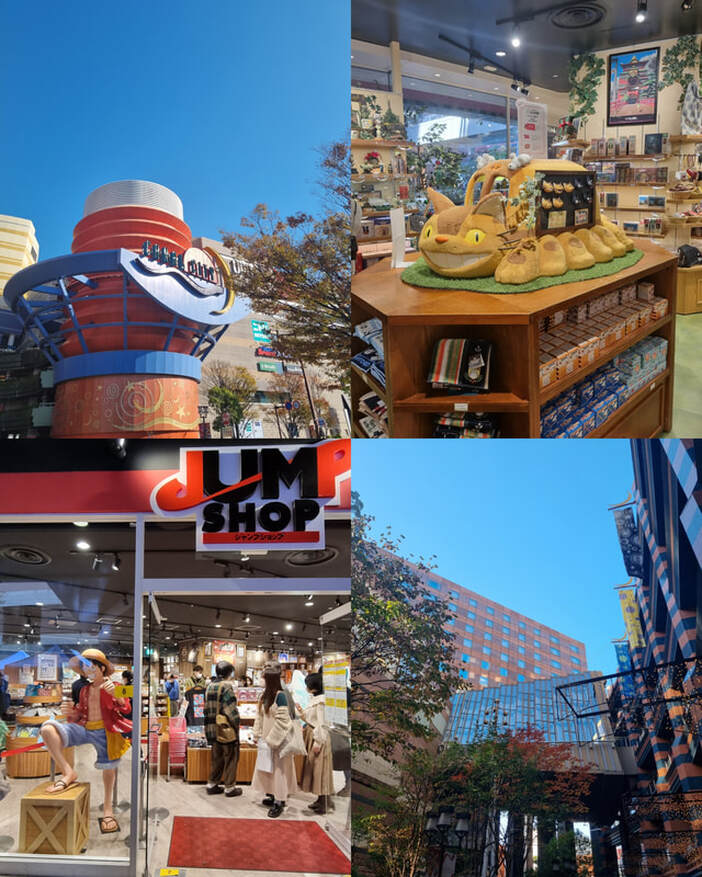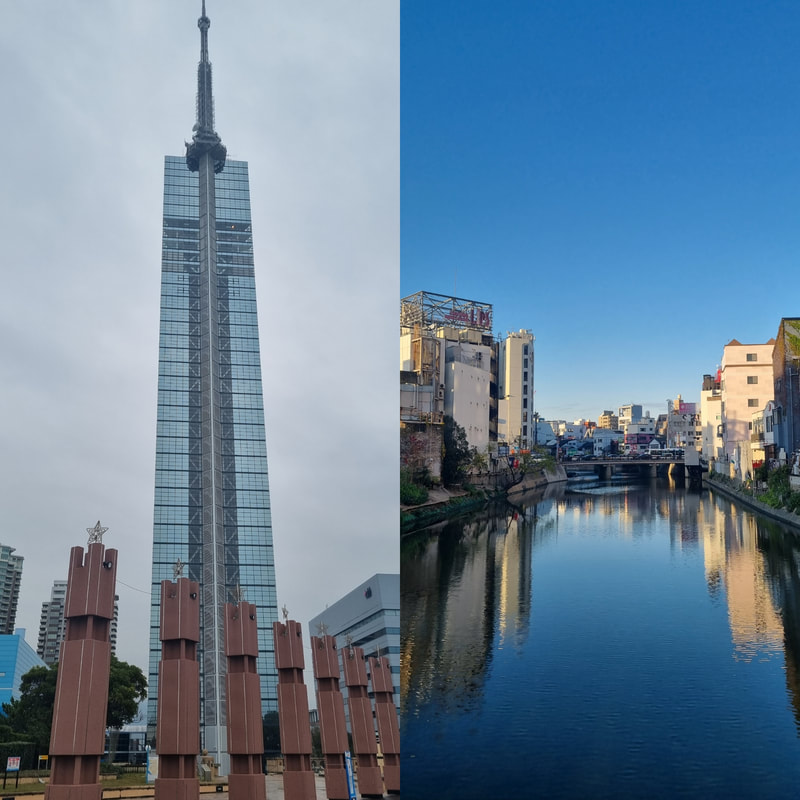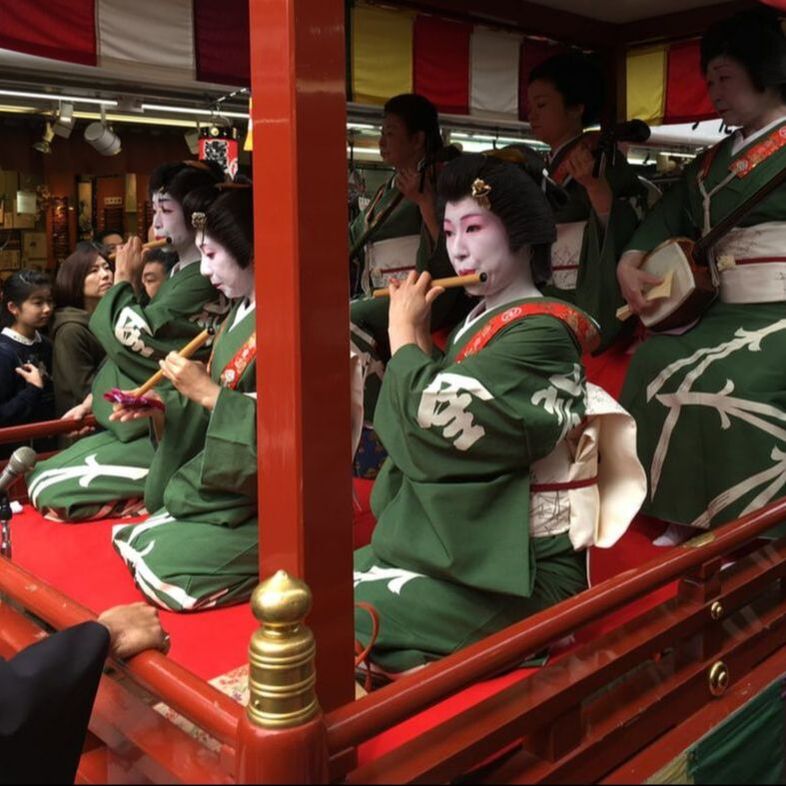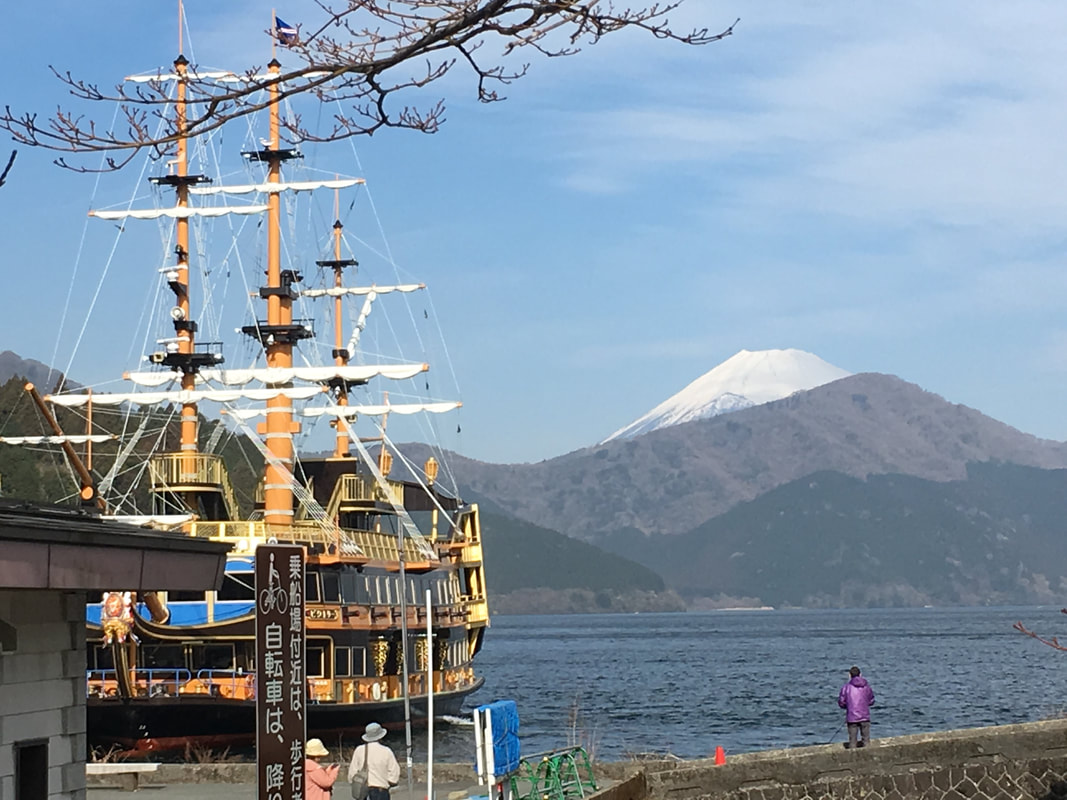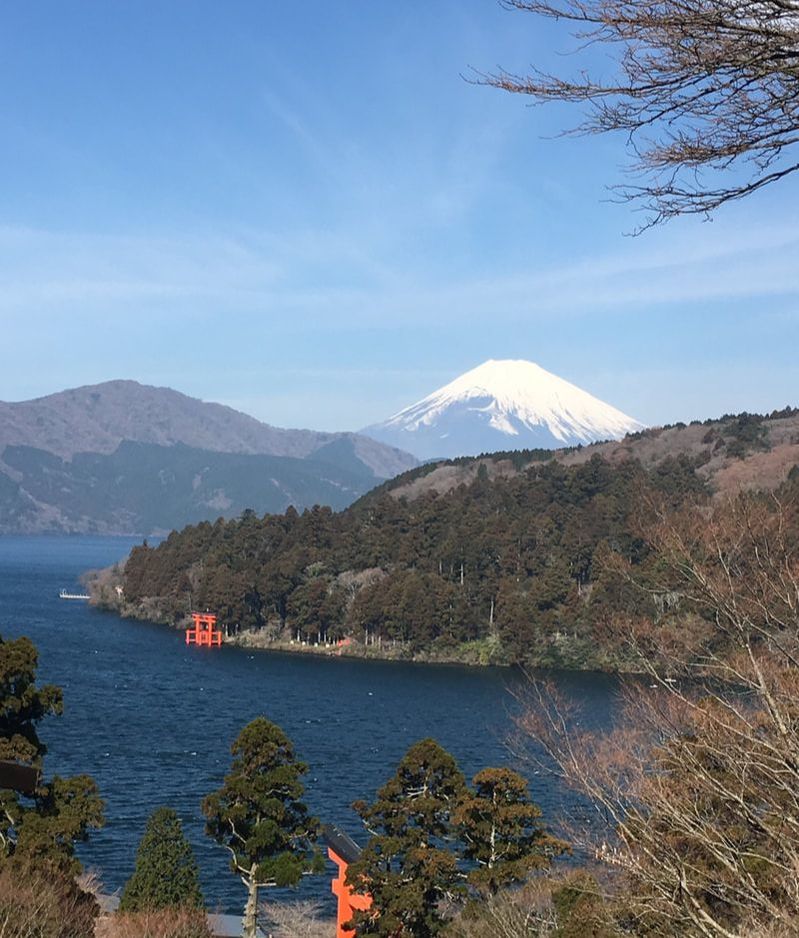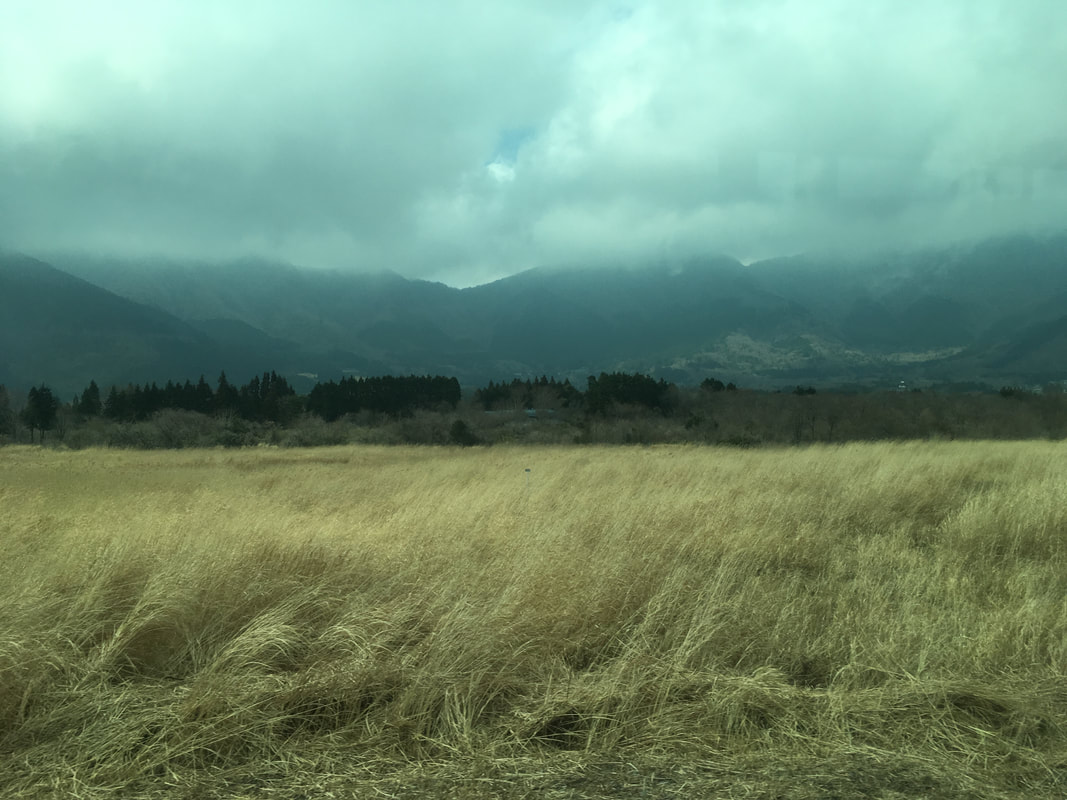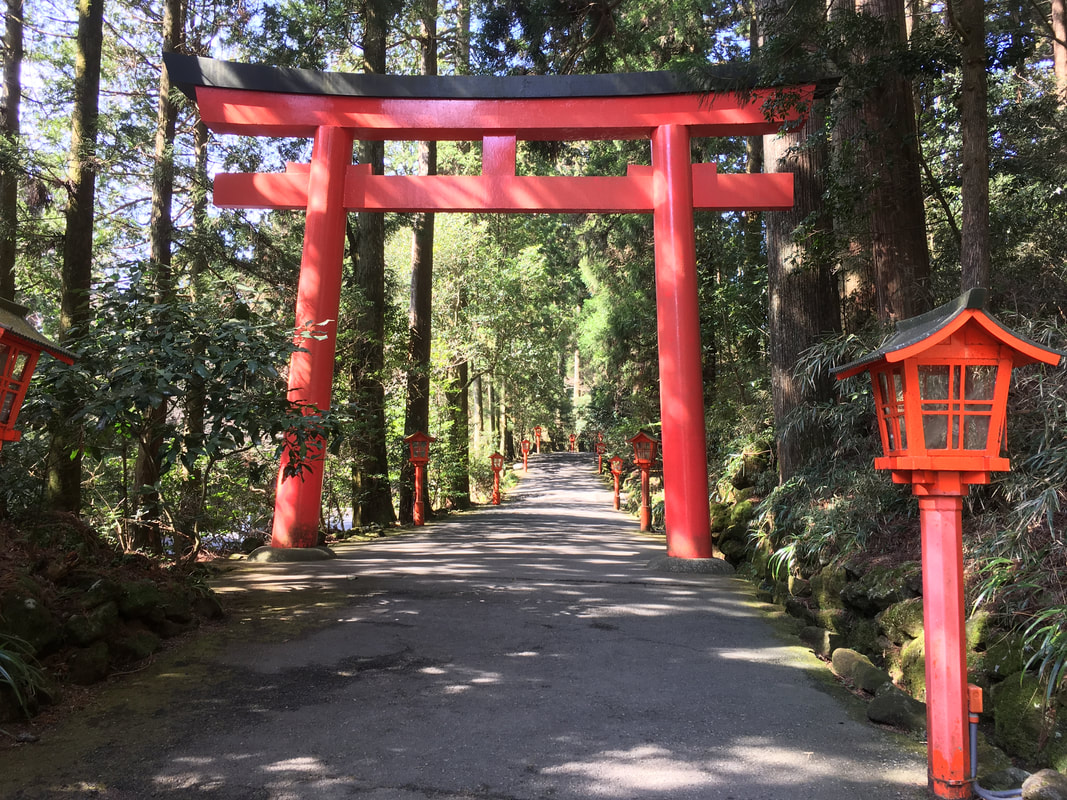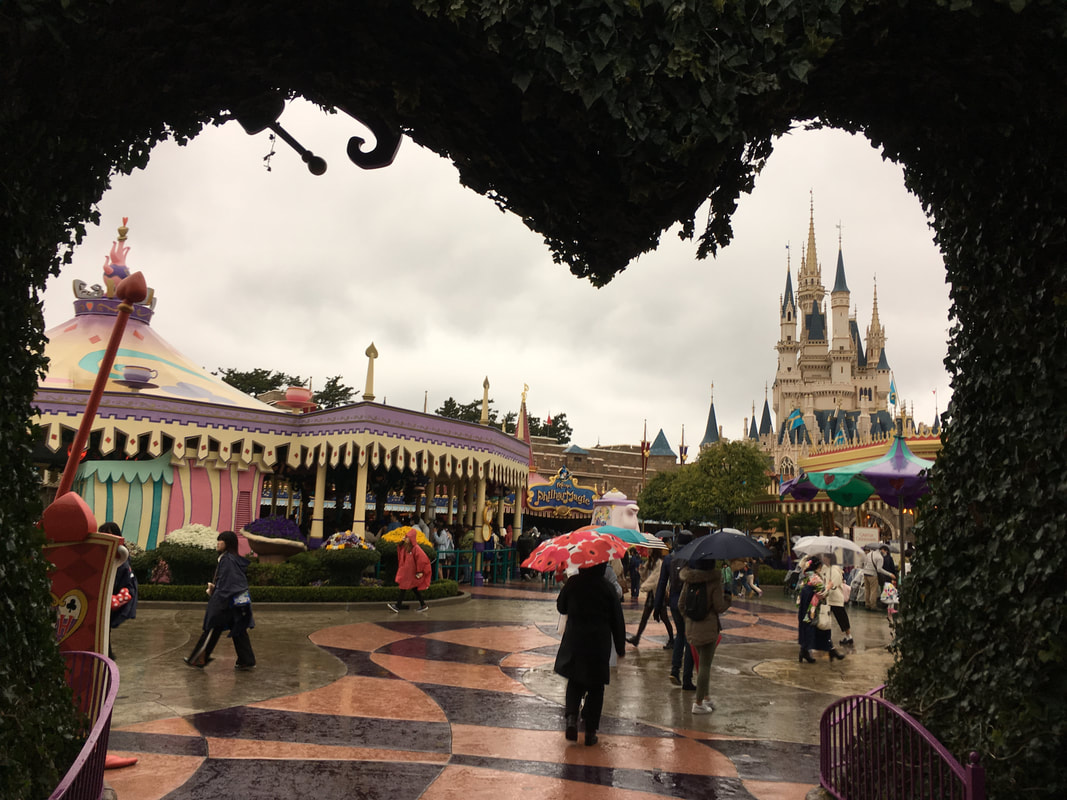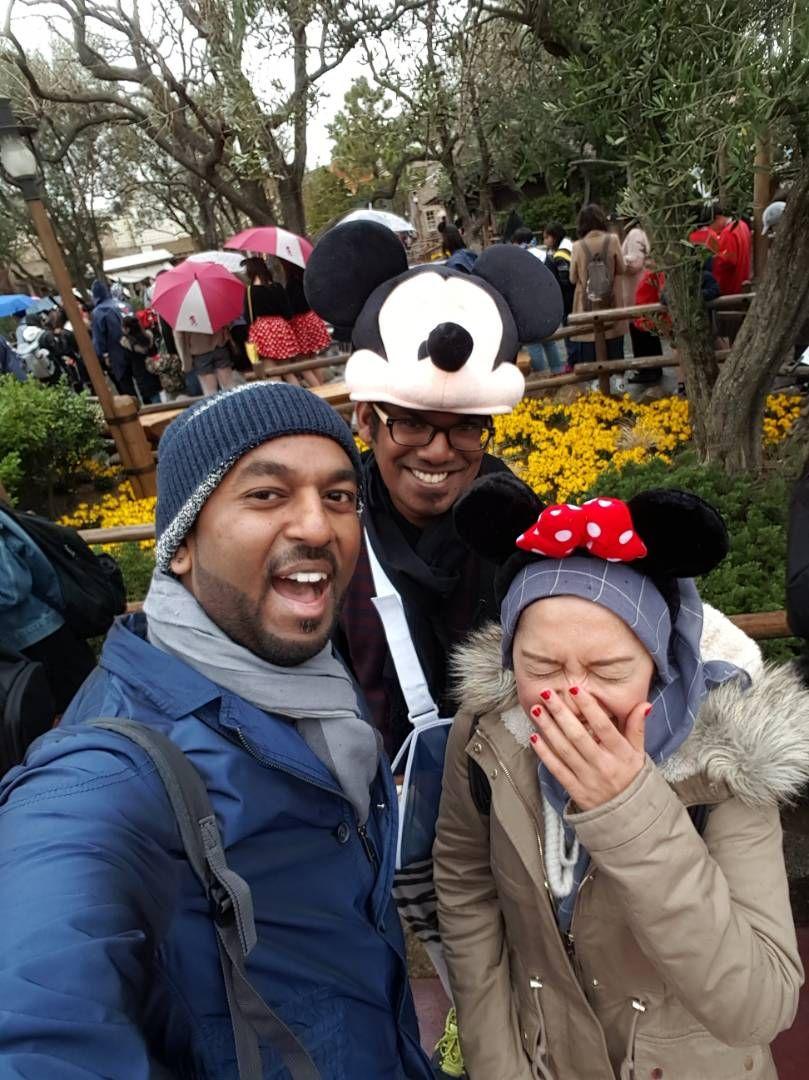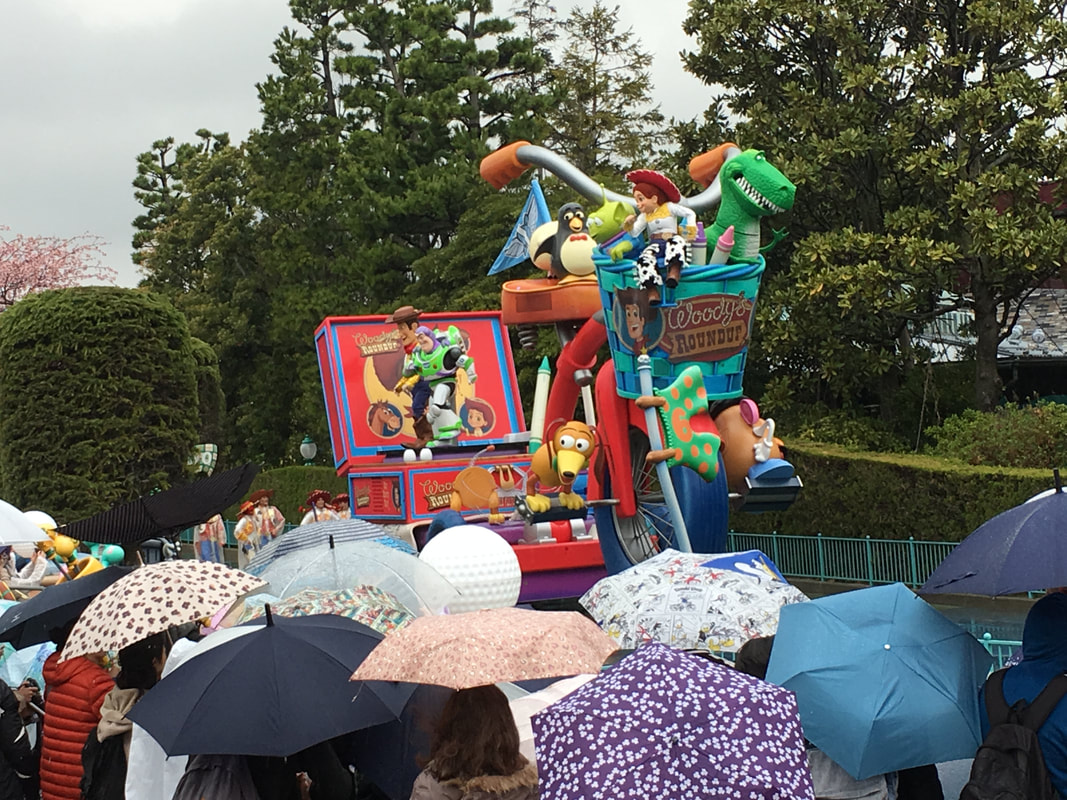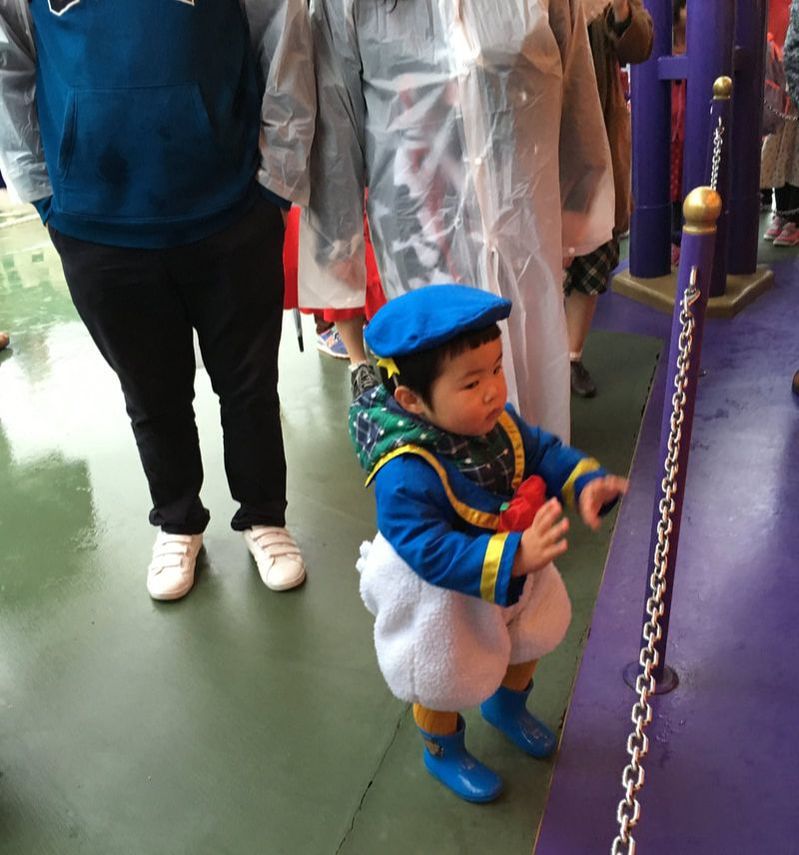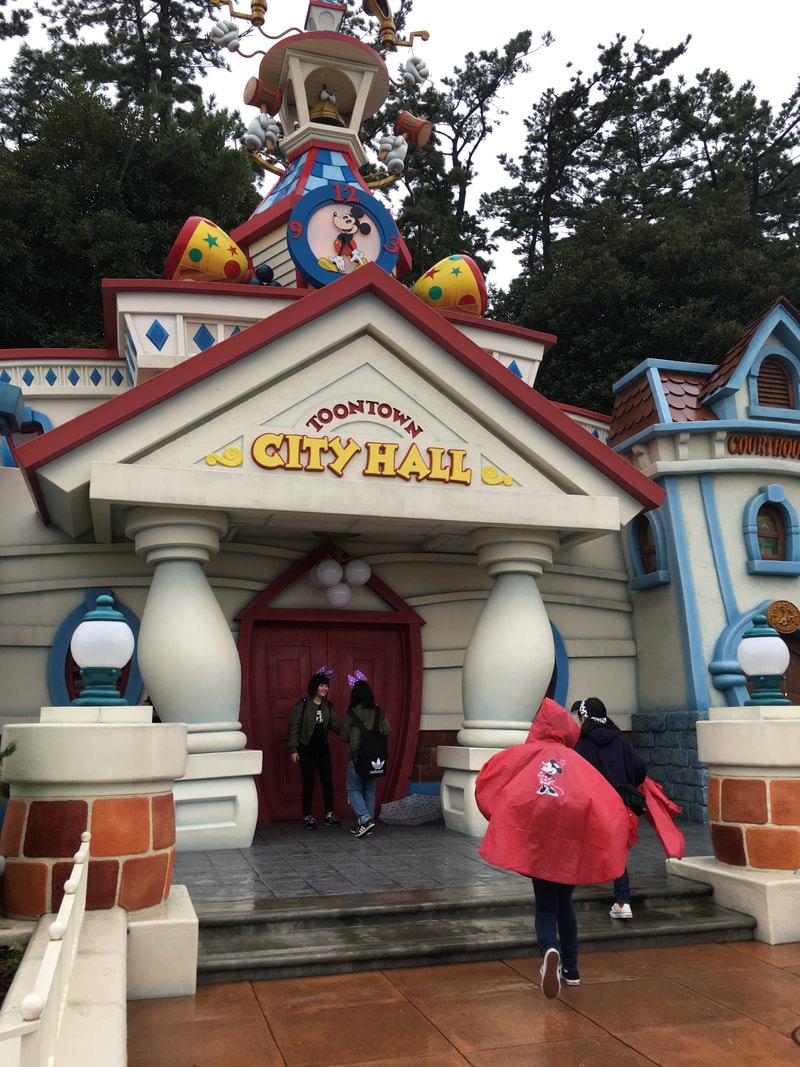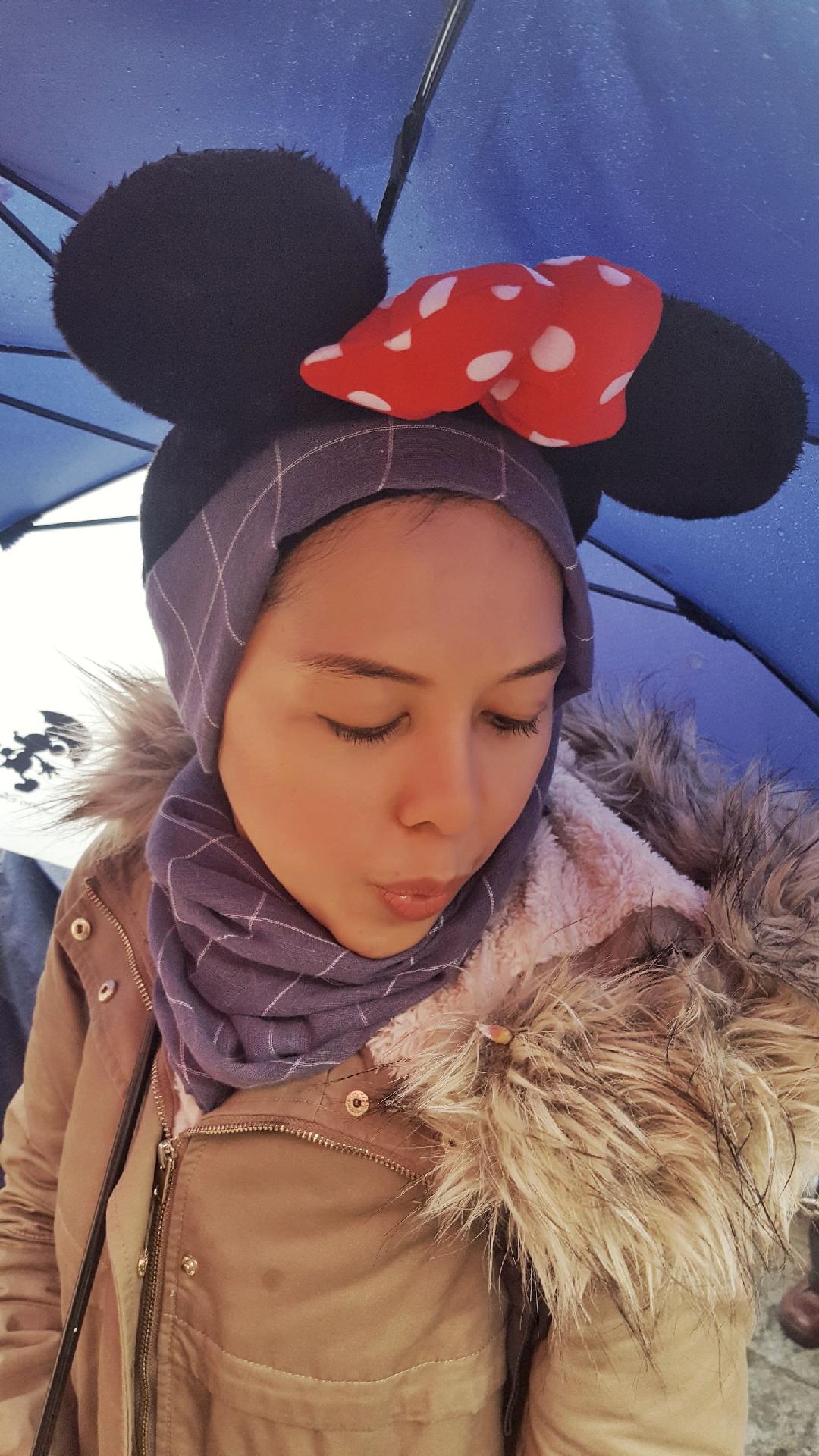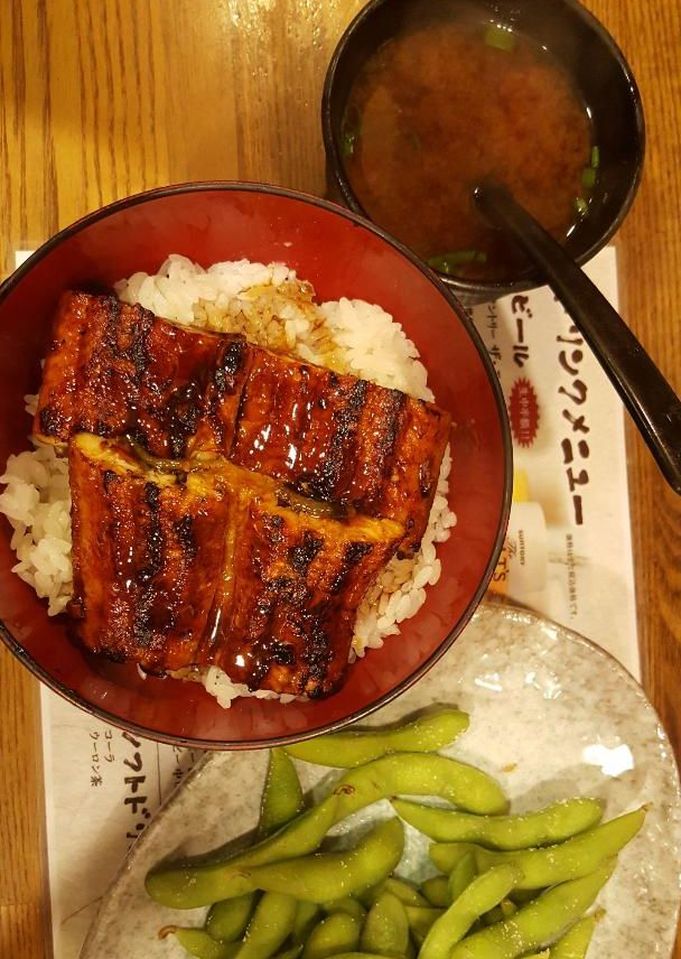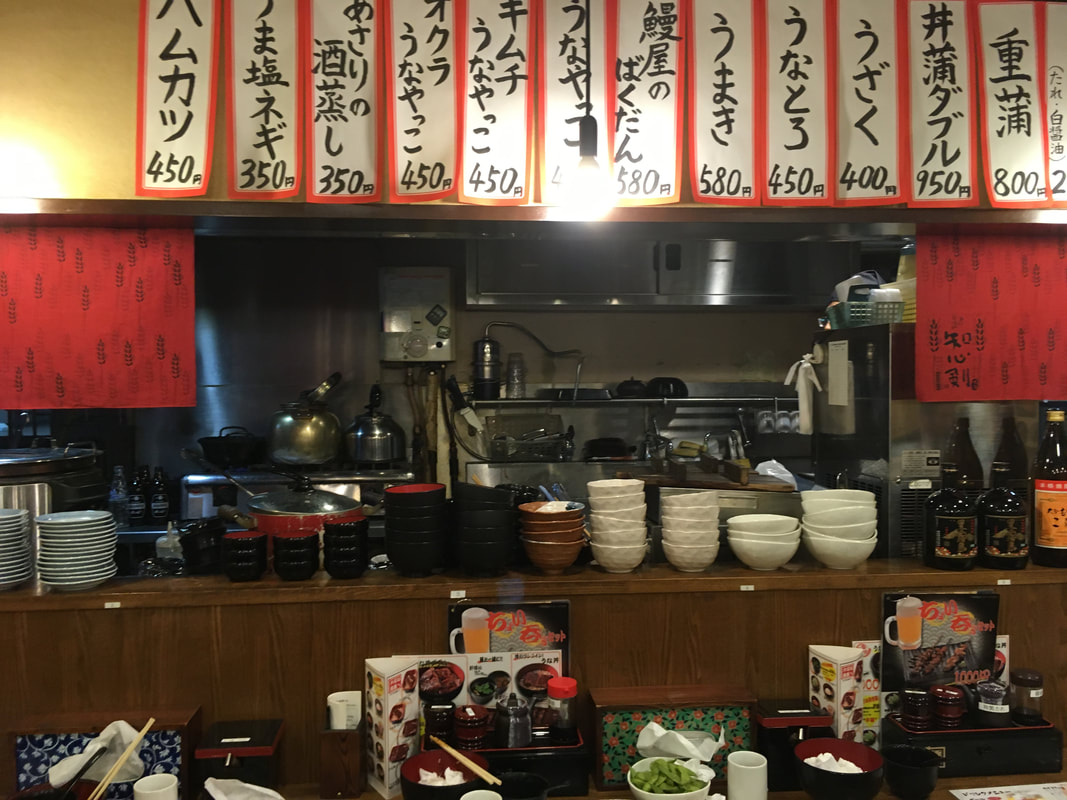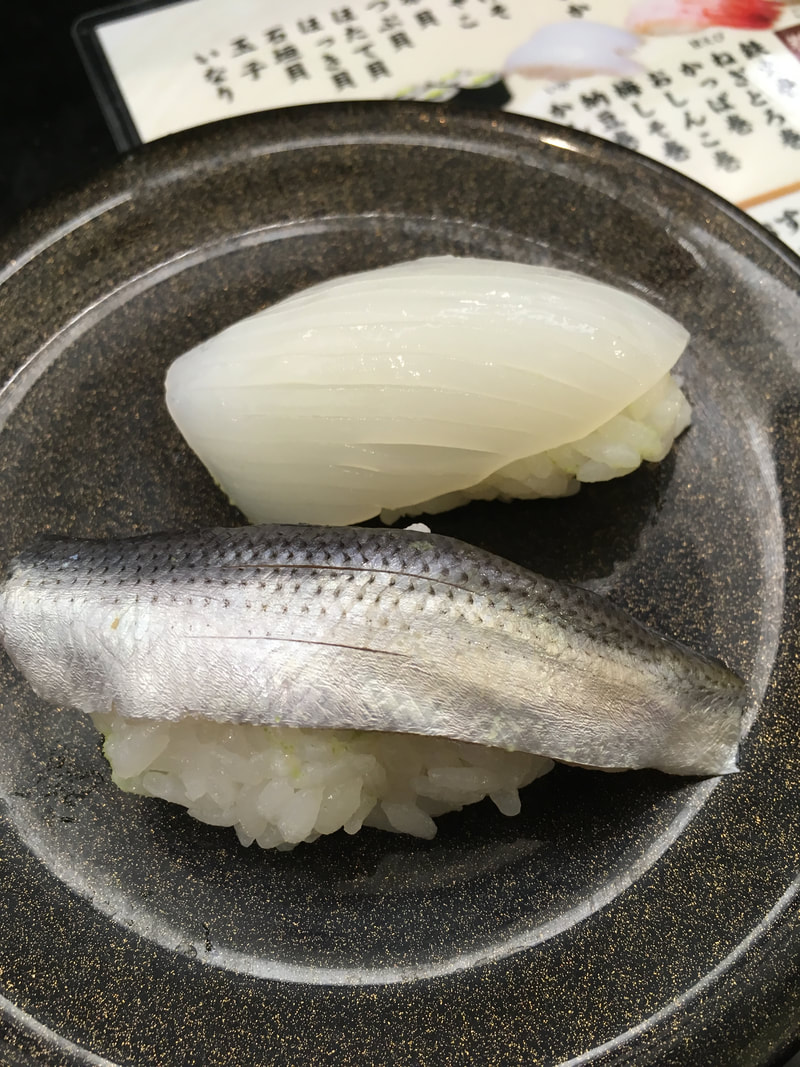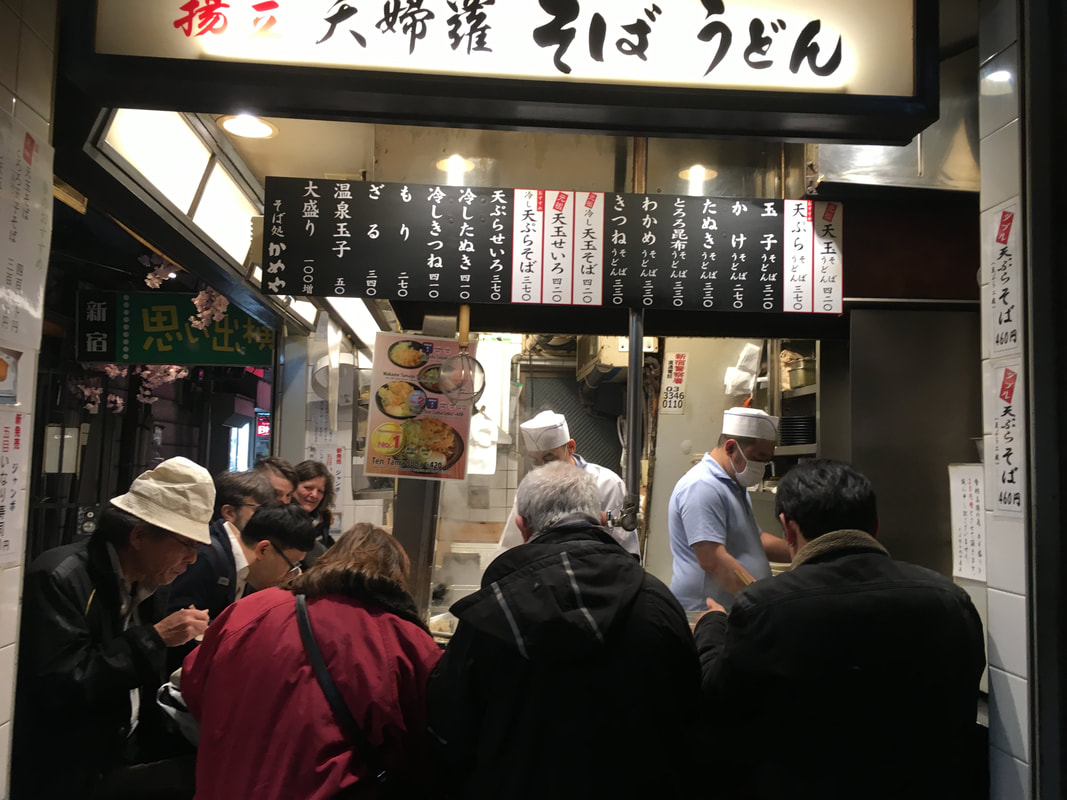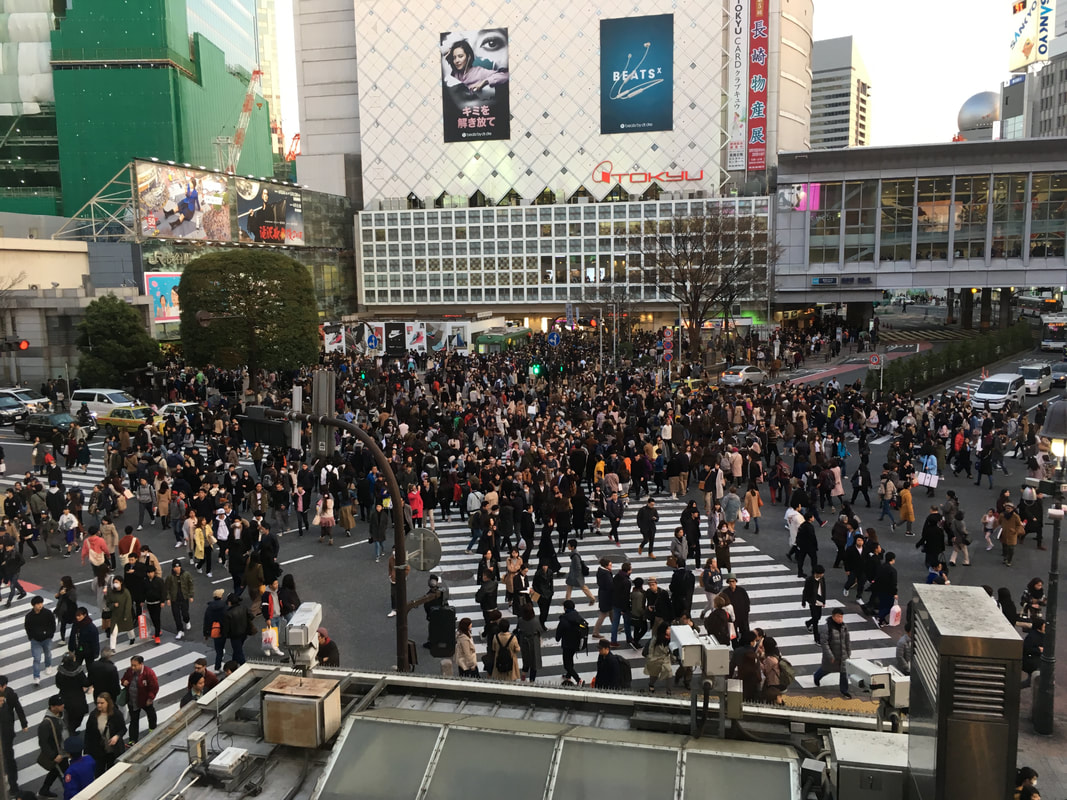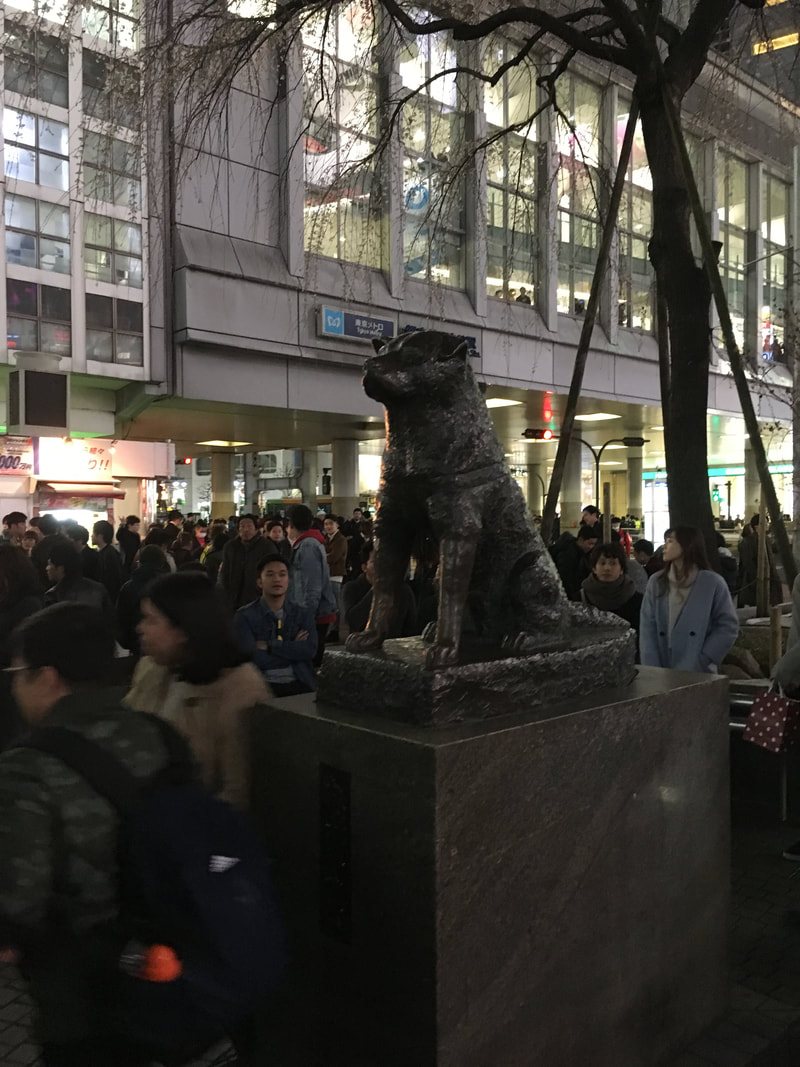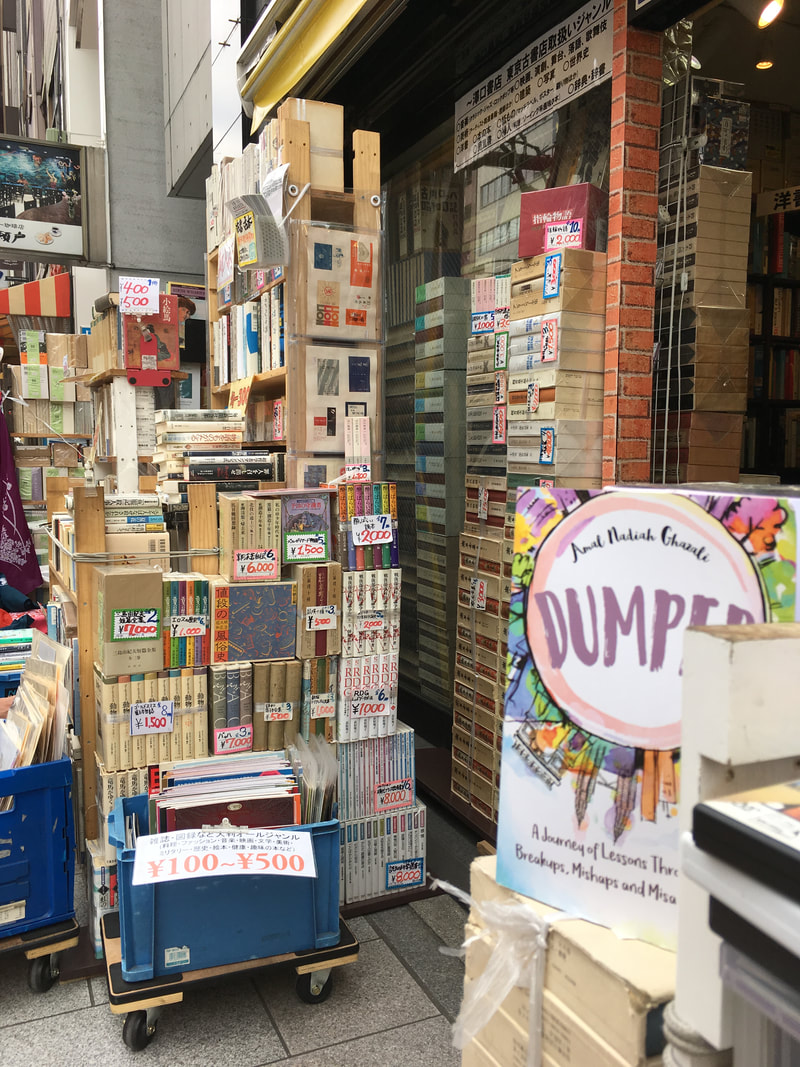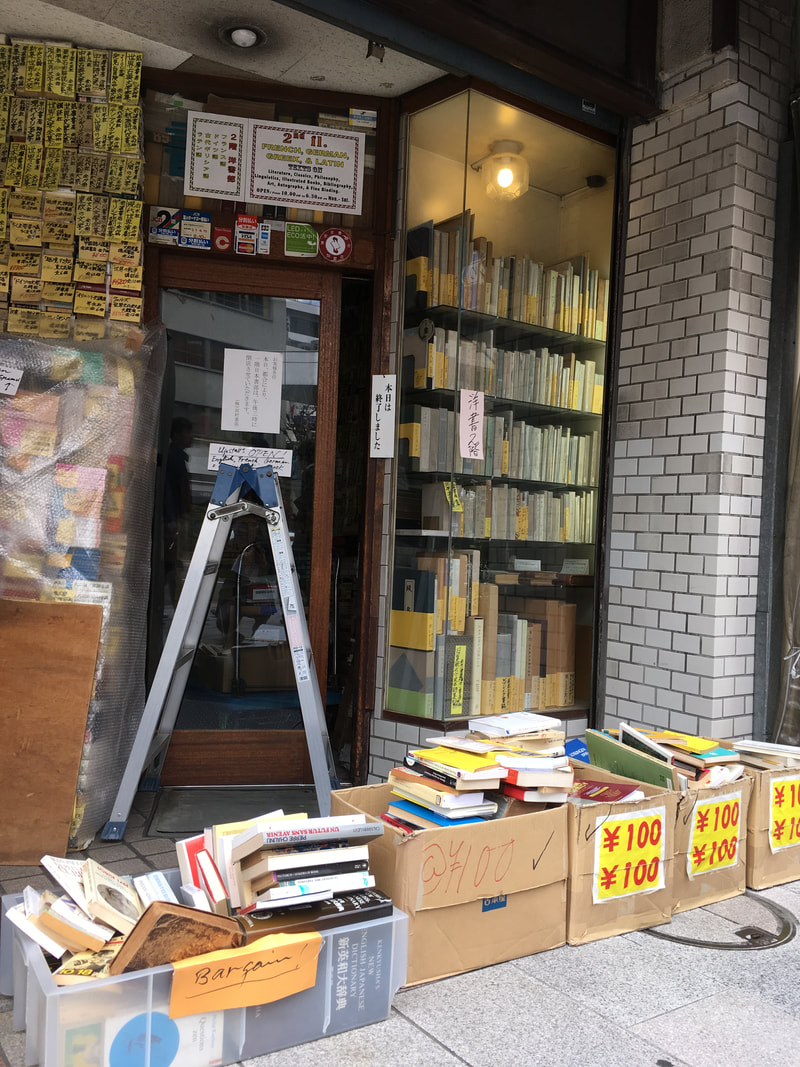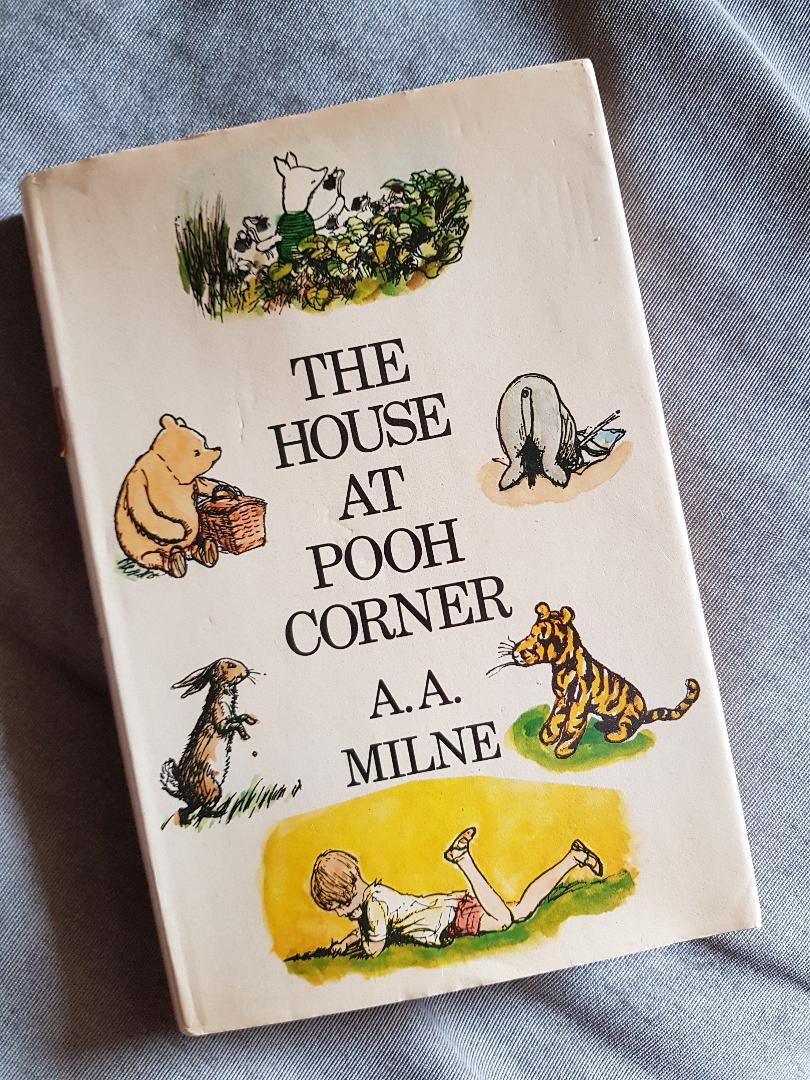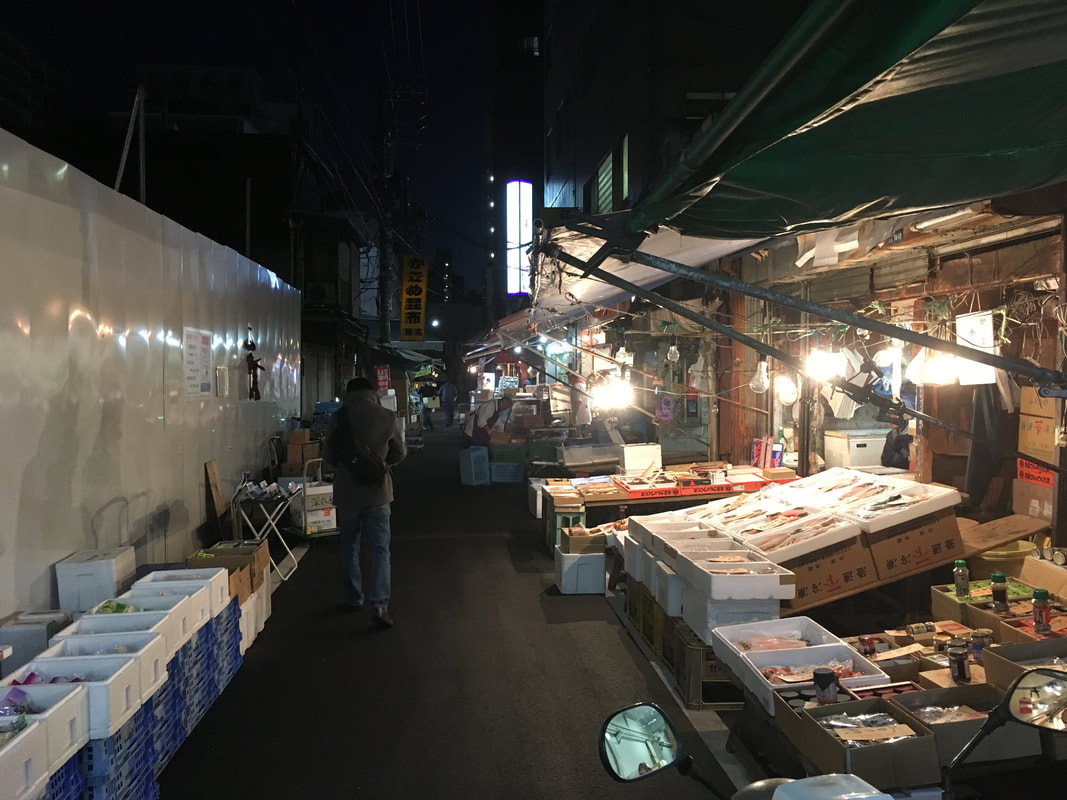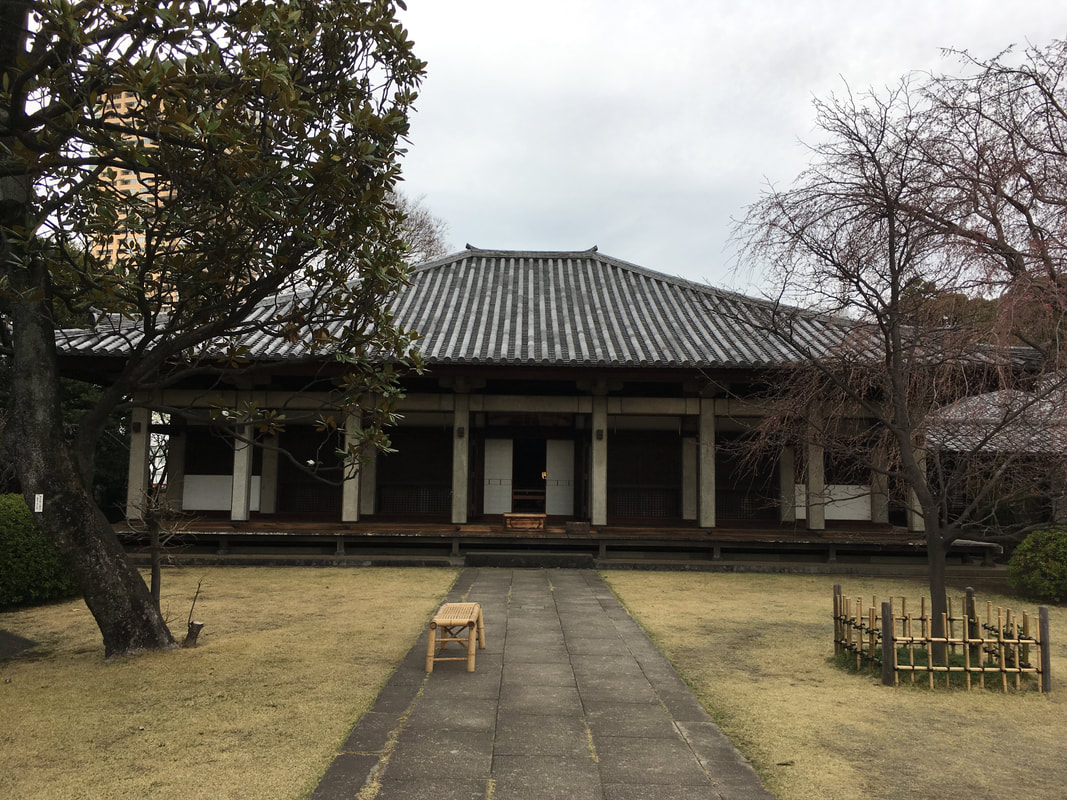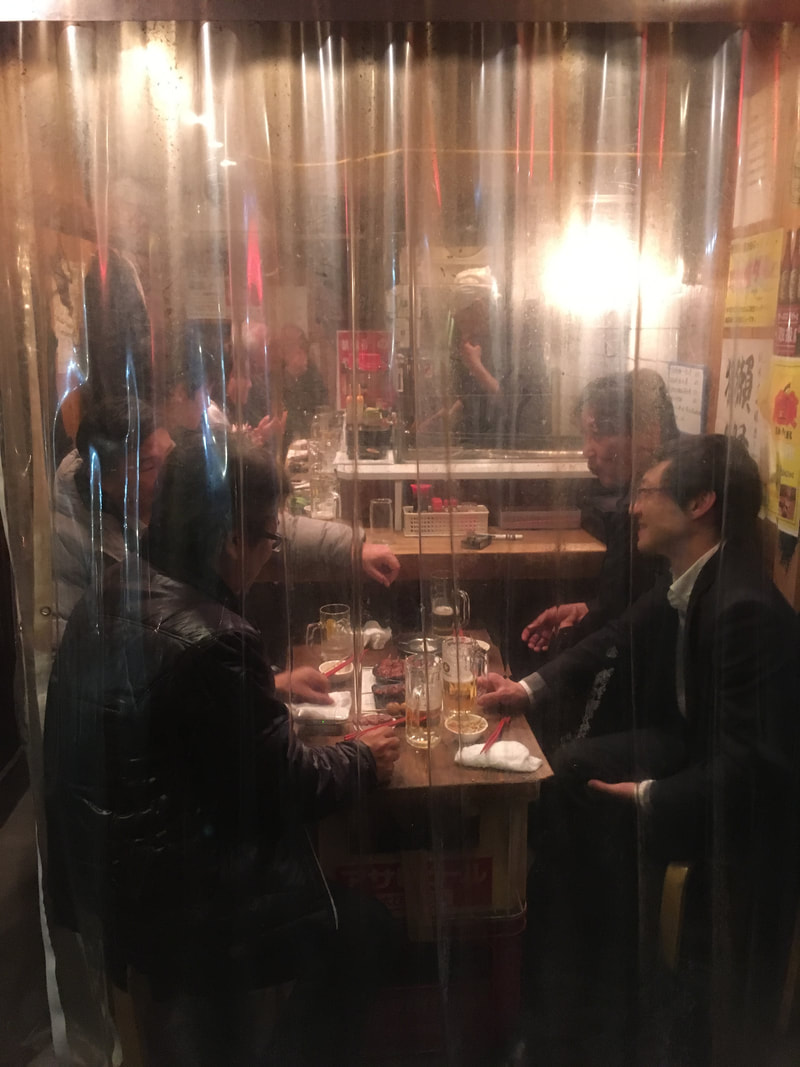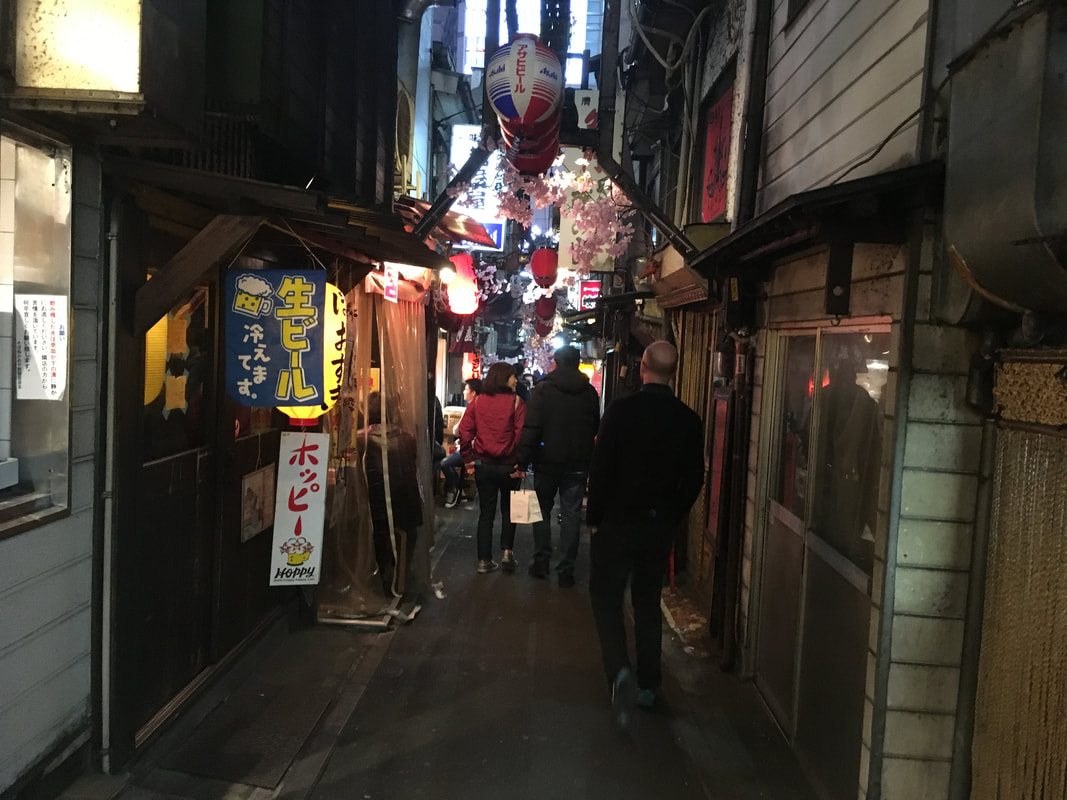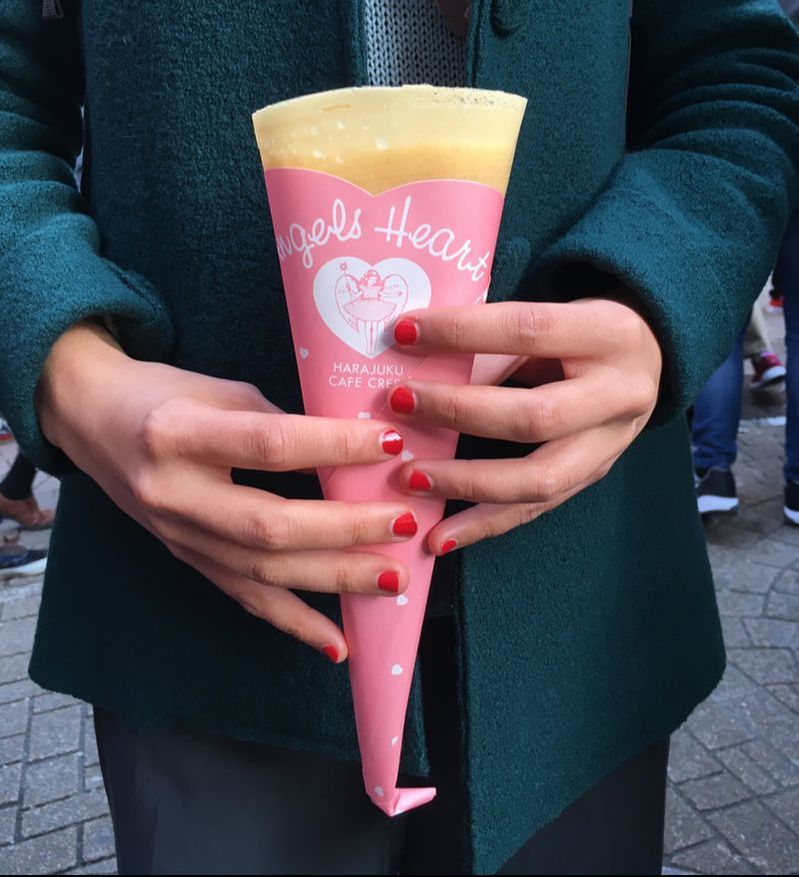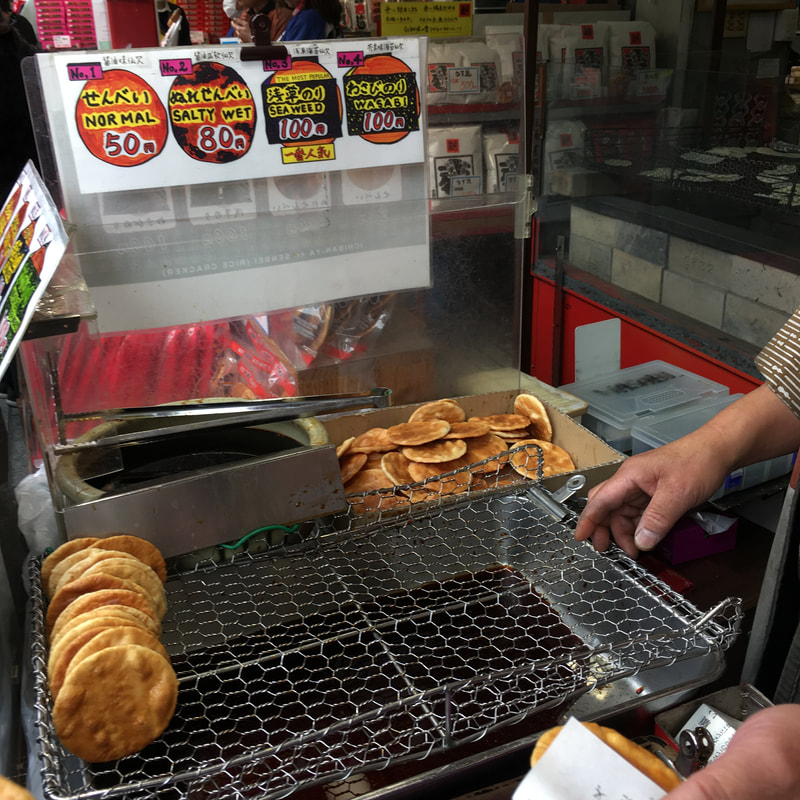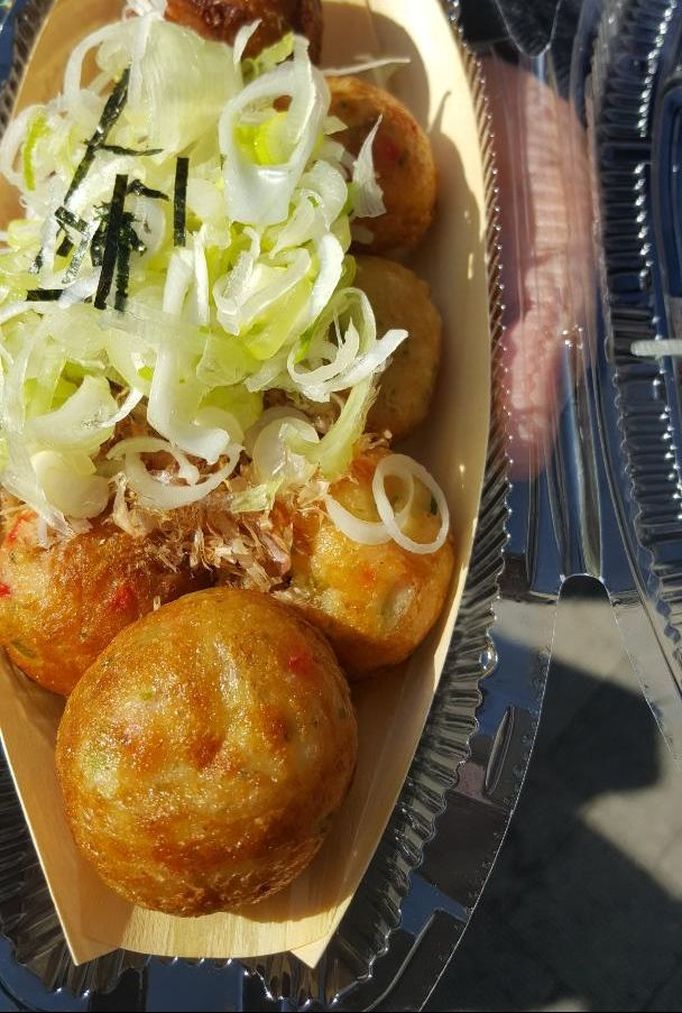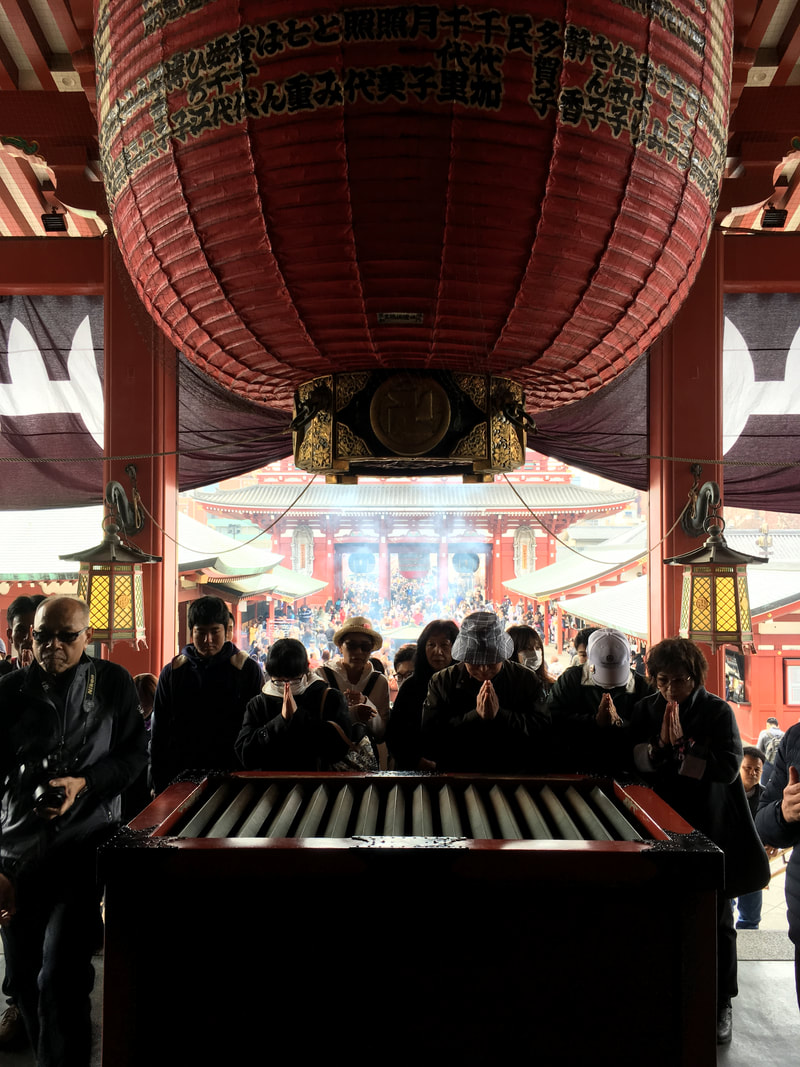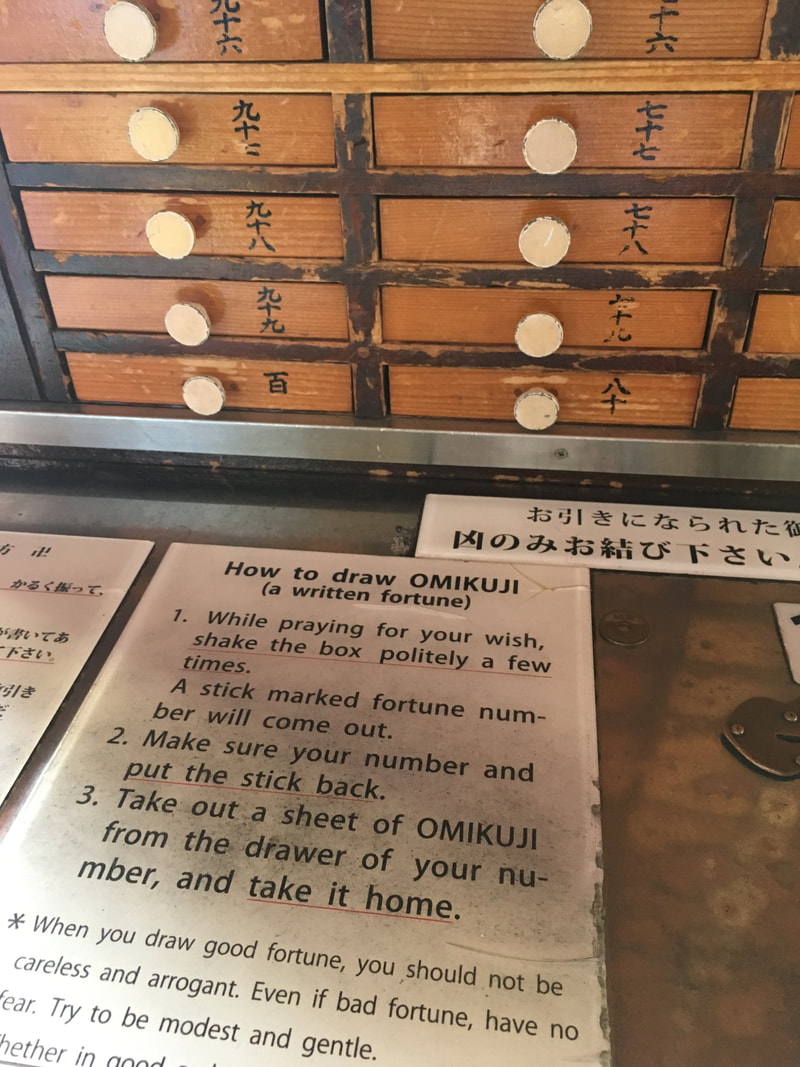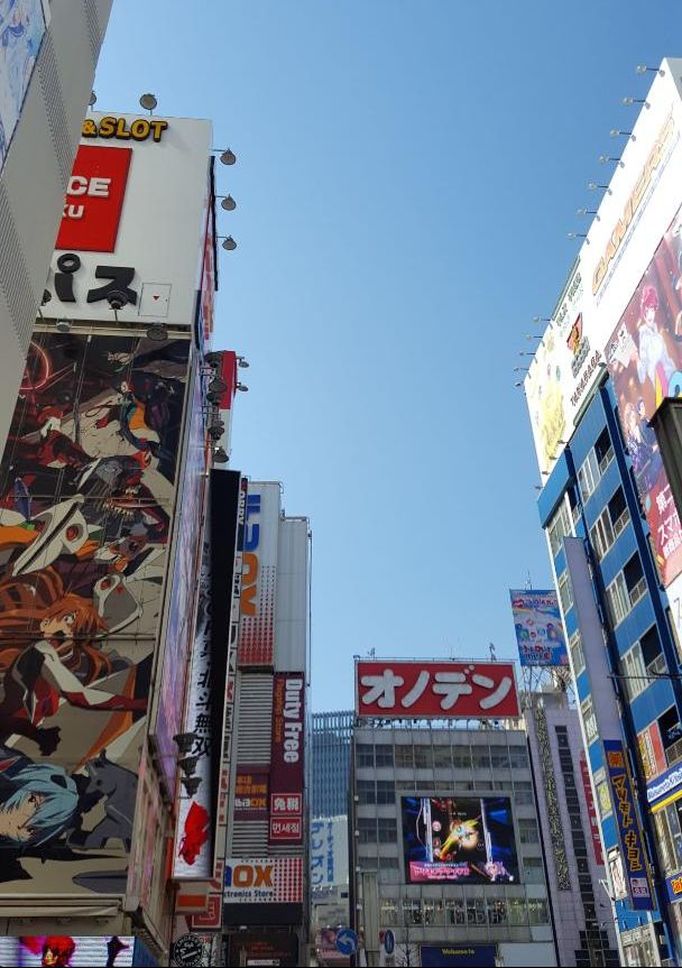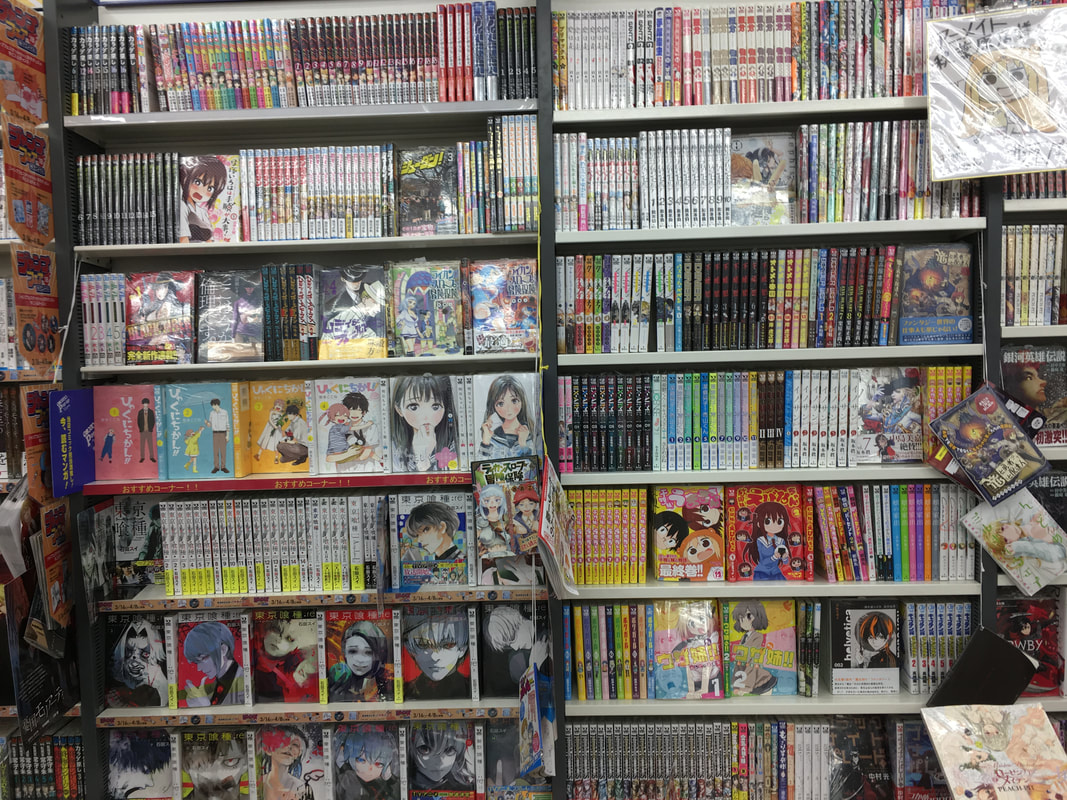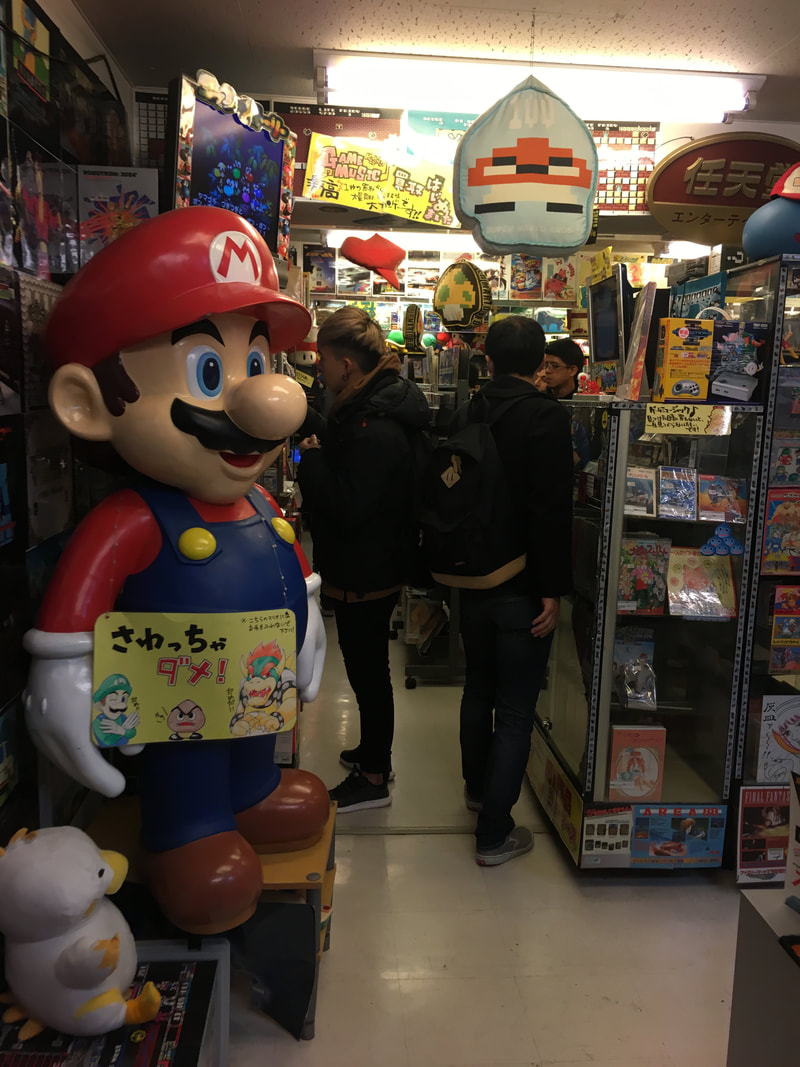|
Kyushu is the main island south of Japan. Perhaps not as popular as the other main islands of Japan, I was equally as charmed by it as other bigger islands of the country I’ve been to. Here, I share my recommended 10-day itinerary that covers most of the main parts of the island, in a road-trip fashion that will take you on a clockwise-route, beginning and ending with Fukuoka, Kyushu’s main city. Most international flights to and from Kyushu arrive and depart here. Contrary to other parts of Japan, I definitely think that driving is the best way to make the most of Kyushu, given that its public transport lines are not as extensive. On top of that, there are plenty of pit stops and amazing views to enjoy if you are to travel using a car on this island, so I’d definitely recommend it. Enjoy the culinary scene in Fukuoka! Day 1 – Fukuoka Regardless of which time of the day you’ve arrived in Fukuoka, take the time today to assimilate, rest and explore the city. If you’re renting a car, the best way to pick it up is near the airport, as the airport is right in the middle of the city. Then check into your accommodation, or go ahead and park in one of the public parking spots around the city and explore it on foot. A great place to start would be Hakata Ward, the center of the city. Like every other Japanese city, Fukuoka is well planned, clean, busy and modern. Walk along Naka river and find some local grub around the way. There are plenty of sushi places in the city center (even Michelin-star ones!), as well as cheaper options like udon or ramen joints. The perks of being in the city is that you’d be spoiled for choice when it comes to food, so you utilize the opportunity. View of Beppu with all its steaming hot springs, seen from Yukemuri Observatory Day 2 – Beppu Start the day by driving out of Fukuoka towards Beppu, which is a city in the East of the island. Along the way you’ll emerge into the mountain ranges where the views are just beautiful. You might even want to make a quick pit stop at Hita, a small town in the mountains. Dating as far back as xxx during the Edo period, Hita is a quaint little place to go for a walk, along the main shopping street as well as the small park next to it. As it is right in the middle of your entire route today, it’s also a good idea to grab some lunch in town. Grilled unagi (eel) seems to be popular here, the smell of grilled fish wafting through the air as you walk down Mamedamachi Street, which is the area I’d recommend you stretch your legs. Afterwards you can continue your way east towards Beppu. Beppu is an onsen city, with almost 2000 hot spring outlets to be found within the area. The locals use the hot springs to bathe, and even to cook. Drive straight to Yukemuri Observatory, where you can catch a beautiful sunset view of Beppu. From here, you’d be able to see all the steams coming out of the city, which are from the hot springs. It’s really quite remarkable. From here you can then proceed to settle down for the day, perhaps with a nice warm dinner or even to one of the onsens scattered around the city. Charming town of Yufuin, and the vast landscape of Mount Yufu (bottom right) Day 3 – Yufuin Today, you’ll take time to explore Yufuin. Yufuin is a town west of Beppu, about an hour’s drive from the city center. On the way to Yufuin, make a pit stop at Mount Yufu (you won’t regret it!). There is a beautiful trailhead where people begin their hike up to the peak of Mount Yufu, and of course you could do this if you have the time. But if you don’t, it suffices to get out of your car, and climb up to a view point up on the hill where the landscape is vast and green and stunning. As you arrive in Yufuin, you can begin your day’s exploration at Yufuin Floral Village. Popular for its representations of Ghibli cartoons, there are cute lanes lined with souvenir shops, tiny cafes and novelty stores dedicated to the Japanese’s love for their Ghibli animations. If you’re a fan, this will be an absolute treat, but even if you’re not it’s still pleasant to walk around and enjoy the sights. You can walk all the way down the JR station, and grab lunch in one of the many, many restaurants around the area that cater for all budgets. Burn your lunch by taking a stroll around Kinrin Lake, a beautiful setting with trees and creeks, especially in autumn. When you return to Beppu for the day, you might consider visiting a onsen to unwind and relax after a long day of walking. I’d recommend Hyotan Onsen, a established public bath that includes a sand bath as well as hot spring waterfalls. Observe the rules of a public bath and respect the local culture. By the end of your session, reward yourself with an onsen-cooked egg or their famous egg pudding, made using a 100 year-old recipe. The grassy landscapes of Aso National Park makes for a stunning drive and hike Day 4 – Aso National Park Say good by to Beppu and make your way towards Aso-Kuju National Park. This national park is huge, housing Kyushu’s highest peak, Mount Aso. Mount Aso is an active volcano, surrounded by a chain of other volcanic mountains. The view around this national park is just a sight to behold, so make sure to take your time driving down the winding roads and stopping by the main viewpoints along the way. Of course, you can even opt for a hike around the park, with trails available for all difficulty levels. Stop by Aso Volcano Museum where there will be an information booth to further advise you on the trails that are available for the day (sometimes, due to their active nature, some volcano tracks are closed due to toxic gases). I would suggest putting a night up in Takachiho, a small town nestled in the mountains. This will give you an advantage to get to Takachiho Gorge tomorrow. Aside from that, Takachiho itself is a charming place, quiet with small restaurants, yakiniku (small BBQ eateries) and izakiyas (pub-like concept, but with very good food) for you to discover and enjoy. There are also shrines scattered around the area, and unlike the more popular ones, these will be more serene and quiet. Takachiho is a beautiful gem Day 5 – Takachiho Gorge Start your day early to beat the crowd. Takachiho Gorge is open as early as 8am for visitors, and the first thing you should do is to direct yourself towards the boat rental station (you can find this on Google Map). Then rent yourself a boat, and off you go towards the narrow opening of the gorge. The small boats are rather easy to navigate, and to avoid crowding each boat is allowed about 30 minutes in the gorge. Enjoy the flowing waterfalls and the pillars of columnar basalt, marveling the natural beauty of the volcanic rocks and the still waters flowing down the river. After you’re done, you can take a relaxing stroll around the area, where there’s a small park and a shallow lake believed to have mystical origins. For the rest of the day, opt to enjoy the quiet life of Takachiho, either by taking long walks around the town, or trying out a few small cafes and browsing at Takachihogamadase Market. Chill and take a walk around Miyazaki city, and eat some seafood Day 6 – Miyazaki, towards Kagoshima Continue your drive down south towards Miyazaki city. Miyazaki city is part of the Miyazaki Prefecture, a coastal population famous among surfers during the summer. If you’re there in the right season (spring/summer), you could catch a wave or watch people do that by the beach. Otherwise, it is still a pretty nice place to stop by and sightsee. Parking your car somewhere around Miyako Botanic Garden Aoshima, you can easily walk around the waterfront and it has access to restaurants, shops and the sea. The Devil’s Washboard, a peculiar rock formation of laminated sandstones and shales make for quite a viewing around this area. And while you’re at it, this place is also a great opportunity to grab lunch, as there are plenty of seafood/udon places around the area. It will be a day of driving as you continue on South towards the port city of Kagoshima. Along the way you’ll pass by villages, small towns and mountainous landscape, so pack some snack for this enjoyable roadtrip. You’ll reach Kagoshima in late evening. Kirishima National Park is a stunning exhibit of Mother Nature Day 7 – Kagoshima and Ebino Plateau Take a full day today to explore Kirishima Kinkowan National Park. About an hour’s drive from the main Kagoshima city, it is a park consisting of a few volcanic mountains and beautiful plateaus. This beautiful natural area has treks for all difficulty levels, suitable for all age ranges. As you approach this area you’ll see natural steam coming up from the cracks of rocks, and arid-looking volcanoes majestically surrounded by beautiful trees. As you trek or hike around the area, you’ll find small humble shrines, centuries-old cedar trees, maple and pine trees and a lot of wild flowers. If you’re lucky, you might even spot some wild life. In any case, it’s a beautiful place to spend the day. The National Park center has restaurants for you to eat a late lunch, but if you prefer you can always drive towards the valleys and find something at the smaller towns. Then drive back to Kagoshima, and spend the evening exploring the port city. Kagoshima port city, with Sakurajima volcano in the background Day 8 – Kagoshima Kagoshima is a big port city, so it’s quite worthwhile exploring it for a day. At Yoshino Park, you can take a stroll around while enjoying the views of the Sakurajima mountain from the park’s observatory. Sakurajima mountain is the main volcano East of Kagoshima, and its dramatic terrains in the background of this busy port city is quite a sight to behold. Although I didn’t personally go, I did know that visiting Sakurajima mountain is also worth doing. Surrounded by parks, shrines and observatories, it makes for a scenic trip slightly away from the city. Snaps around Canal City, Fukuoka Day 9 – Fukuoka The drive from Kagoshima to Fukuoka is a long one, about 4 hours from city to city. That being said, it’s still a nice drive, given the roads are in excellent condition, and you can opt to stop by Kumomoto city along the way if you’d like. Otherwise, keep driving and make small stops for some ice cream, snacks or tea. You’ll reach Fukuoka by late afternoon. Given your budget you can either stay in the city center (more expensive) or find cheaper accommodations near the airport (the airport is in the city, so it’s not that far). Either way, it’s nice to spend the evening in Fukuoka, walking around the parks or along the river. If you’re feeling up to it, you can pay a visit to Canal City, a large-scale mall with a man-made canal running through it. It’s an impressive building to observe the anime culture of Japan, with a giant arcade with all sorts of manga you could think of, and even Disney shops. Of course, the local’s love for Ghibli cartoons are apparent here as well. At night, why not visit another onsen. One I would recommend is the Shingu Onsen, which is slightly away from the main city, but very well worth it in my opinion. They have both hot and cold baths, dry saunas, free salt scrubs, and a few beautiful outdoor pools overlooking the night sky. There is also a restaurant at the ground floor for you to enjoy a meal afterwards. Fukuoka Tower, and Naka River Day 10 – Fukuoka
Before you leave Kyushu, have a good last meal in Fukuoka. As I’ve mentioned previously, Fukuoka has no shortages of great places to eat! I’d recommend a mid-range sushi place called Hyotan sushi, right in the middle of the city. The queue is long but moves fast, and it is really worth the wait. The sushi chefs prepare the meals in front of you, and everything is fresh, delicious and reasonably priced (for Japan). Try the fried oysters and crab meat sushi, as well the uni. Other than that, the yatais (hawker-like popup dining shops) are also a good option. Fukuoka Tower is also a good place to sightsee, albeit a little touristy. Around this tall tower is a park, and it is also located right by Fukuhama beach. It’s a nice place to walk around and people-watch. This should be a nice wrap-up for your Kyushu trip, and now it’s time to go home! I’ll be honest – I’ve never really thought about going to Japan anytime soon. I’m not really sure why. Perhaps it’s because although I enjoy Japanese food, it’s not really my favourite, and I seem to always attach travel to some kind of gastronomic indulgence so I tend to want to go to places where I can eat things I like. I saw Japan from the eyes of the TV, and it always looked so regal and clean and flowery and cultural. So I suppose I’ve always felt that it was a rather interesting place, but the urge to actually go never really manifested itself. But one day, an opportunity came and I just couldn’t pass up the chance to go see Japan for myself! I spent about a week exploring the city and its outskirts, and here I list my Top 10 things I think you should not miss out on if you ever land your butt in Tokyo. 1. See A Glimpse Of Mount Fuji In Hakone Okay, this isn’t exactly in Tokyo city. In fact, you’ll have to take a 2-hour train to Hakone, a highland village surrounded by gorgeous rivers, lake, and greens with a supreme view of the majestic Mount Fuji. Take the Hakone Free Pass, which means you pay around RM200 for full access to all its public transportations (cable car, train, bus, ferry, 2-coach tram) for 2 days, including the train from Tokyo to Hakone. When you’re here, try your best to get on all types of transportations, as each of them offers stunning views of different things – the ferry goes around the beautiful Lake Ashi, the buses give you access to peaceful shrines, and the cable car takes you for breathtaking views of Mount Fuji. Food is a little more expensive than Tokyo, and I bought decent meals from 7-eleven or Lawson and would eat by the river while enjoying some sun and watching Japanese teenagers take pictures like they’re in America’s Next Top Model. 2. Be A Child In Disneyland I know it sounds kind of lame. Disneyland? What are you, twelve? (I wish. I had lots more collagen back then) But there is a reason why this is the happiest place on earth. When you’re in Disneyland, be a kid. Really. That’s the best way to enjoy it. Dance, sing along to childhood Disney tunes, eat junk food, go for rides, climb here and there, laugh a lot, and watch the parades. Disneyland is enchanting and picture-perfect and beaming with unadulterated joy that you’ll no sooner forget about your work or your ex or your mundane Netflix life. At least for a while anyway. By the way, did you know that Mickey and Minnie live in separate houses? Kind of sends the wrong message to the kids about marriage, if you ask me. 3. Eat At A Tiny Neighbourhood Restaurant Prior to my trip I did a lot of research that alluded to eating out in Tokyo as ridiculously expensive. Which is true, up to a point. It was hard to find a proper meal that costs less than RM20, for instance. And I suppose you should expect that from a city that boasts more Michelin Star restaurants than any other place in the world. But that being said, I also discovered that the best way to enjoy local Japanese food without selling your kidney is to try the smaller, neighbourhood restaurants. Get off the main tourist areas and into the quieter districts of Tokyo, and you’ll find plenty of small eateries (with only a few tables or less, or even just bar seating) with delicious house specialties. And for the love of God, try not to McDonald’s your way out of mealtimes. 4. Join The Crowd At Shibuya Crossing Only tourists will ever find joy in joining a crowd of hundred trying to cross the street. But then again, for all you aspiring Insta-Famous celebs out there, what is a trip to Tokyo without a snap of the organised chaos of humans at this popular junction crossing? The appeal to me is the herds of humans in this big, big city, and you’re just another one of those hundreds in that junction point at that particular time. It makes you feel small, in a way. My tip would be to go there around sunset, as the lighting gives off a better picture, and you’ll be in time to see the billboard lights pop against the darkening sky. There’s also a statue of Hachiko (if you don’t know what this is, suffice to say that you should watch the movie and bring a lot of tissues), and once you’re all done with people-watching, why not pop over at the Lindt Chocolatier Café nearby? Try a cup of its dark hot chocolate. Then thank me later. 5. Find Hidden Treasures at Jimbocho Secondhand Book District Jimbocho District is the second largest secondhand bookstore area in the world. It comprises of a few streets with a lot of secondhand bookshops, and in the ultimate Japanese manner, categorized neatly according to book genres. If you’re a book lover you would probably hyperventilate (at one point, a Japanese bookstore owner had to try and calm me down when I found a 1970 copy of the ORIGINAL WINNIE THE POOH book. I bought it, by the way). If you’re not a book lover, you’ll still appreciate the sentiment of the area. The stacks and rows of old books are absolutely picture-worthy, and you’ll enjoy going through some of the old editions – it’s strange to think that some of the scribbles in the books are from people who lived in a different lifetime than us and are long gone. This is a great place to get art pieces and/or some original souvenirs. Think old sent-out postcards, vintage Doraemon comics and leather bound children’s books. 6. Sample Sashimi At Tsujki Fish Market And if you have the balls, why not show up at the market at 3 am in the morning to witness the world-famous tuna auction? If that doesn’t float your boat, I bet eating does. So head over to the streets along the market to sample some Japanese breakfast. Sashimi at 5 am? Because why not? Unlike some dodgy sushi outlets back home, here you’ll find that the seafood is fresh (well, you’re at the fish market after all), and there are so many options to choose from. 7. Shrine Hopping At Old Tokyo If you’ve seen one shrine, you’ve seen it all. That’s probably what my Dad would say. But my Dad probably has not walked around Old Tokyo to check out its many shrines and cemeteries. Old Tokyo, or Yanaka, is an area in the suburbs, much quieter and dotted with many small, unique shrines. The cemetery is especially famous during the Sakura season, as the streets are lined with these beautiful tress with cherry blossoms that turn the whole place vibrantly pink. Speaking of Old Tokyo, you can also check out other smaller areas that exhibit Tokyo’s past. There is Golden Gai, which are narrow streets with small, quaint bars that can only host a few people at a time. Piss Alley (unfortunately I didn’t see a single person peeing in public) is also pretty especially at night time with the Japanese lanterns and dim romantic lights along the tiny alleys. Take note that these places will always amp up its food and drinks prices. 8. Try Streetfood And The Vending Machines There are vending machines everywhere! Literally, everywhere! Check these out, and if you don’t enjoy sugary drinks like me you can always take nice pictures with them anyway. On another note, streetfood is a great way to try cheap local food. Of course Takoyaki will always be the crowd’s favourite, warm balls with octopus in the center and a crispy outside. There are grilled meats, crepes, baked sweet potatoes, deep fried favourites and fresh rice crackers, amongst other popular choices. If you’re having trouble choosing which stall to visit, just remember a tip someone gave me; go to the ones where the locals line up. 9. Go Fortune Telling at Senso-Ji Temple And before you go all netizen and wonder why the heck should one believe in fortune telling, I should say that whether you believe it or not, it’s always a fun little activity! Senso-Ji Temple is the oldest temple in Tokyo, and in adapting to the more international crowd coming its way these days, the fortunes are also written in English. They are mostly generic predictions (“You have Good Fortune”, “The one you wait for will come soon” “Better get some cats soon” -__-), so relax and don’t take it too personally. Otherwise, you can always hang around the pretty gardens, visit the shop stalls or watch a religious procession happening in that area. 10. Check Out Cheap Electronics At Akihabara In case you want to spend time choosing new earphones from a choice of 500 earphones on sale, you should really come here to Akihabara. It’s an area with so many electronics shops it will make your head spin, and if you’re one of those crazy gadget-guys, you’ll probably have a seizure. The electronics are in general a lot cheaper than back in Malaysia, and aside from these things, there are also anime shops aplenty (psstt there are also shops selling weird porn anime stuff, in case you’re asking for a ‘friend’). Akihabara is an interesting place to observe the common popular notion of the modern Japanese culture of video games, comic books and technology. So there you go! I’m sure there are so many more interesting things to check out in Tokyo if one has more time, but so far, these are the things that stand out to me the most. Who knows, maybe one of these days I’ll pay Japan a visit again. I certainly am glad to have had the chance to see it for the first time with FlyScoot Dreamliner!
|
Archives
December 2023
Categories
All
https:/
/www.bootsoverbooks.com/
|
